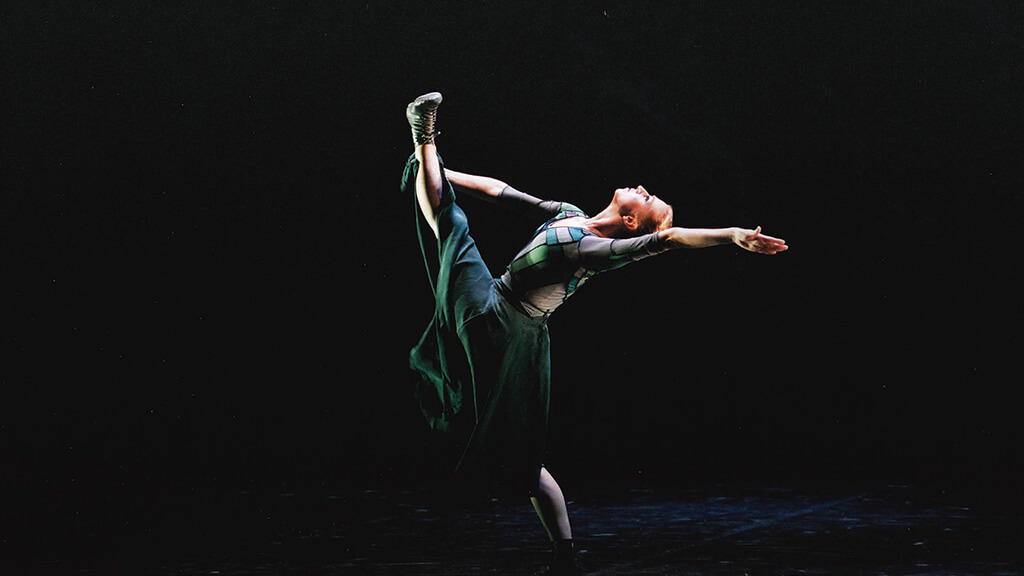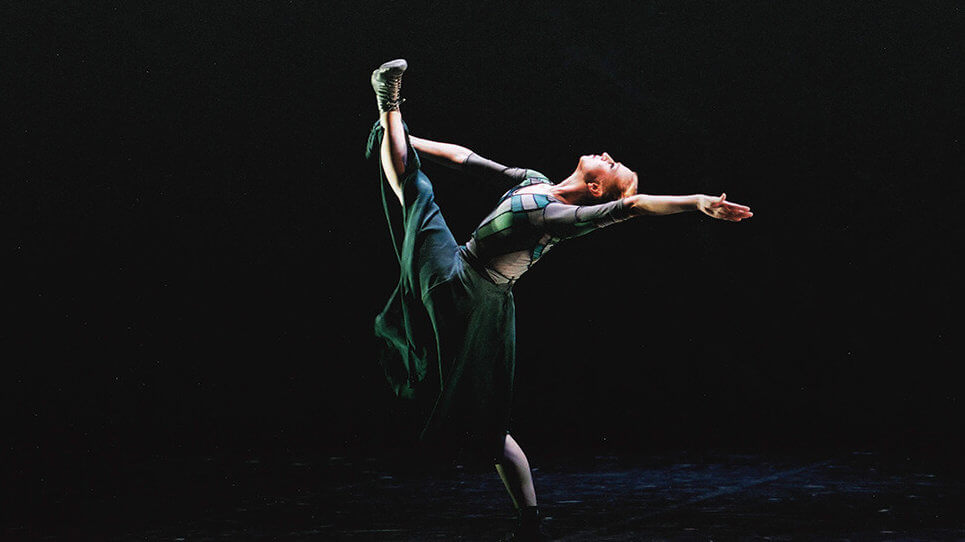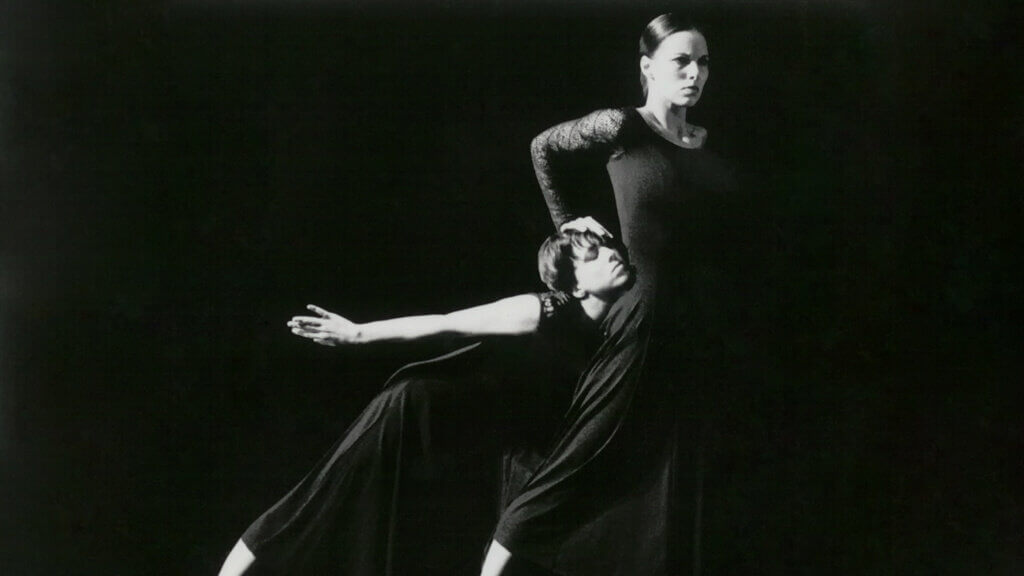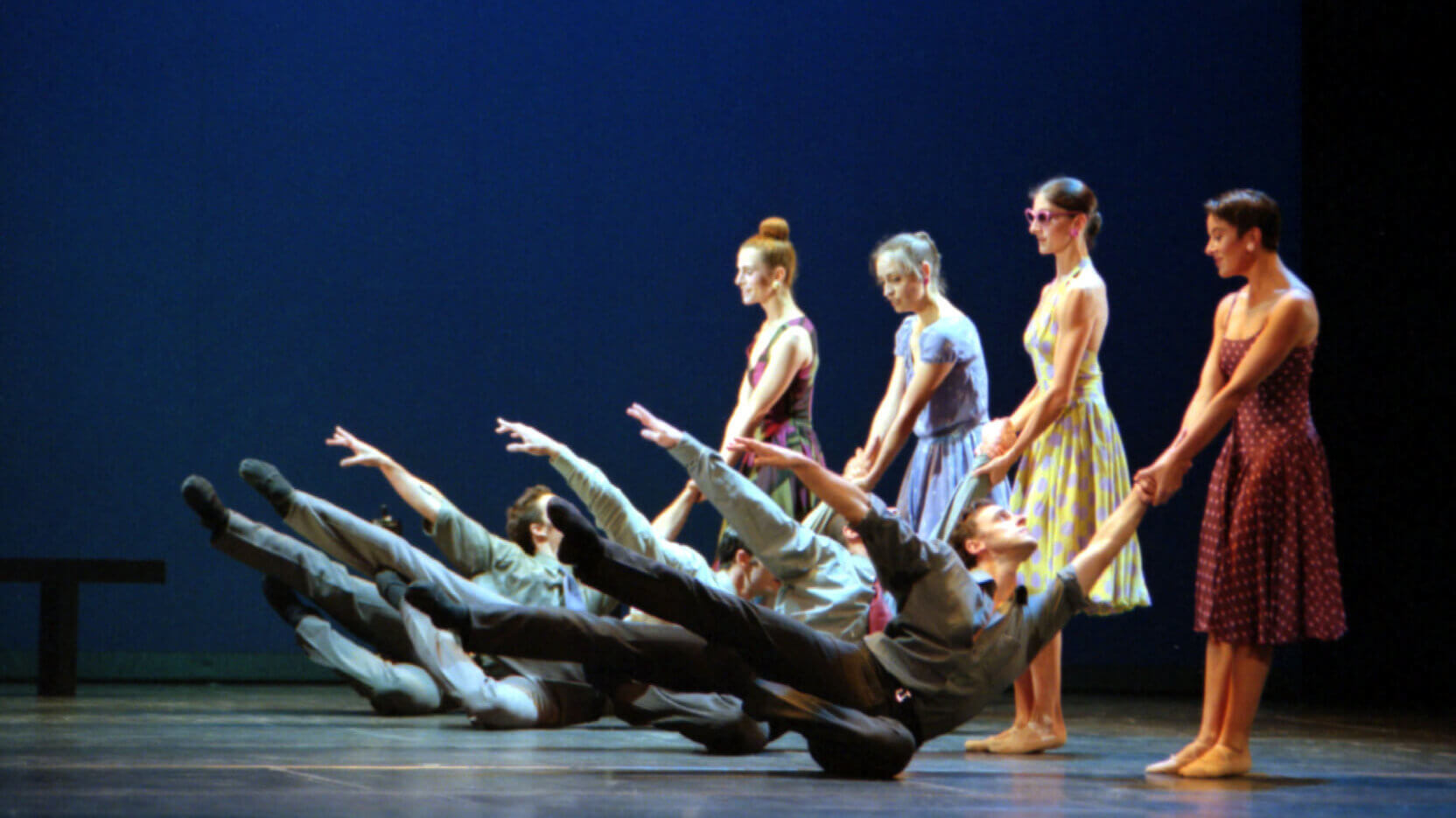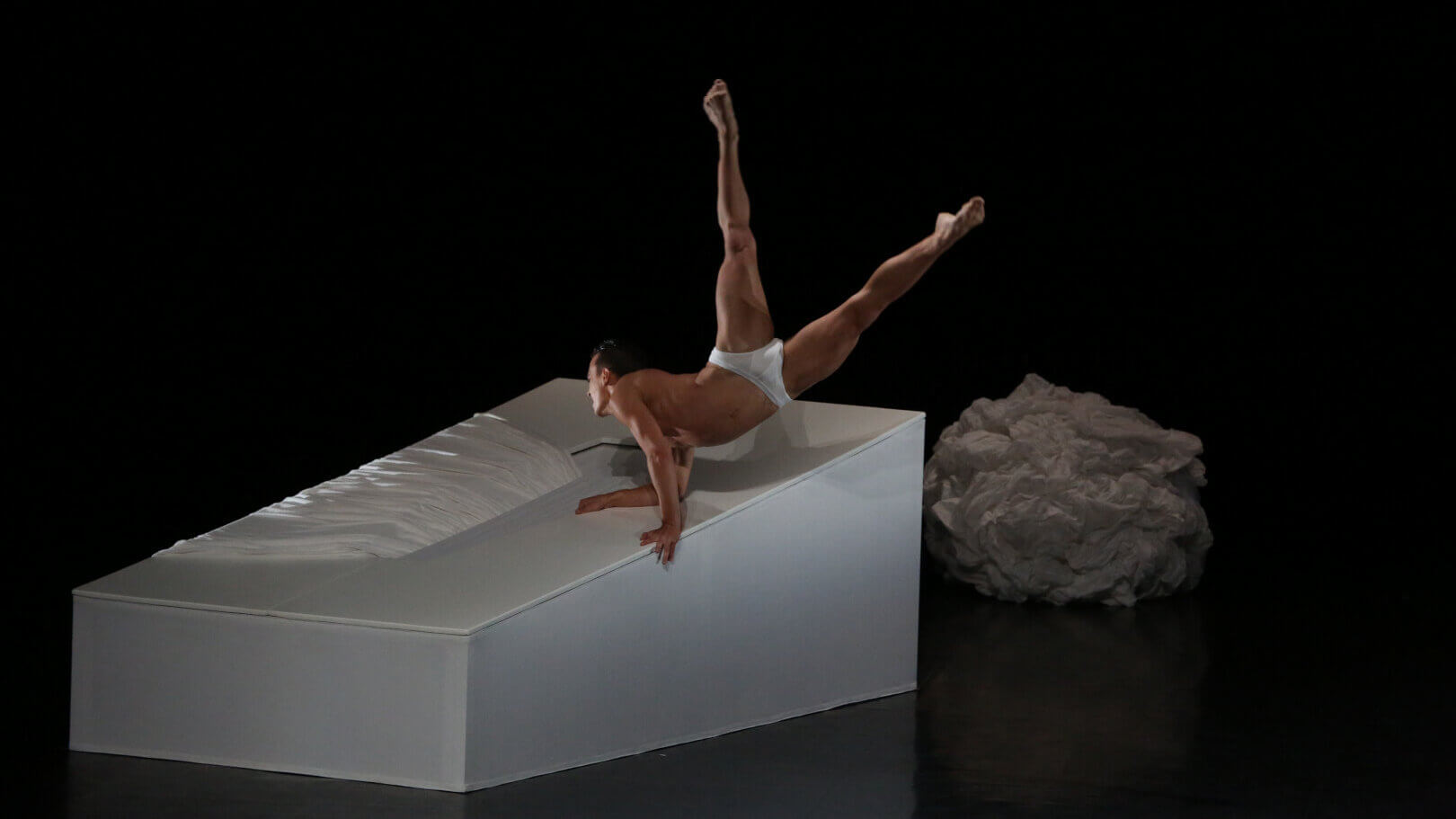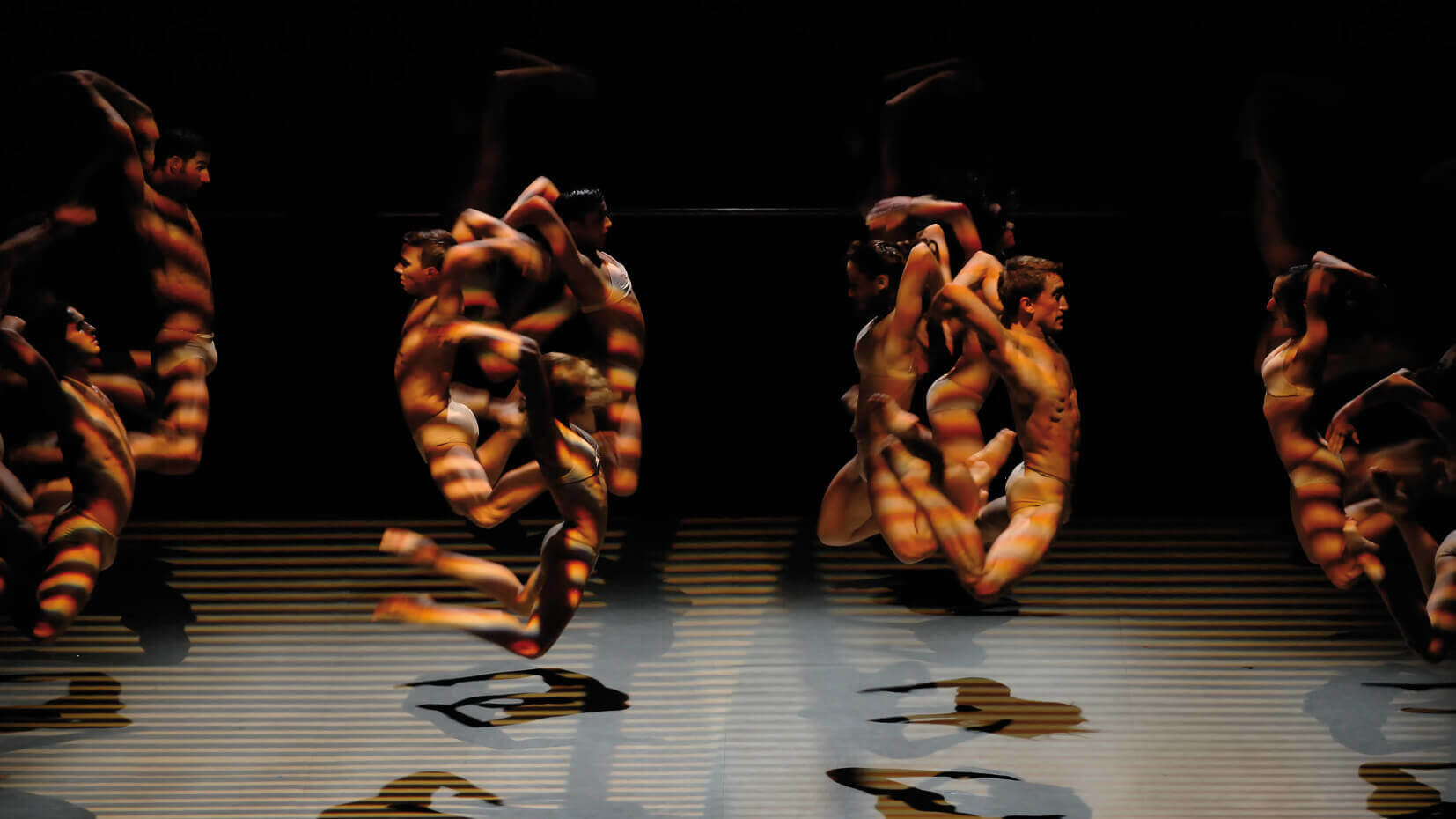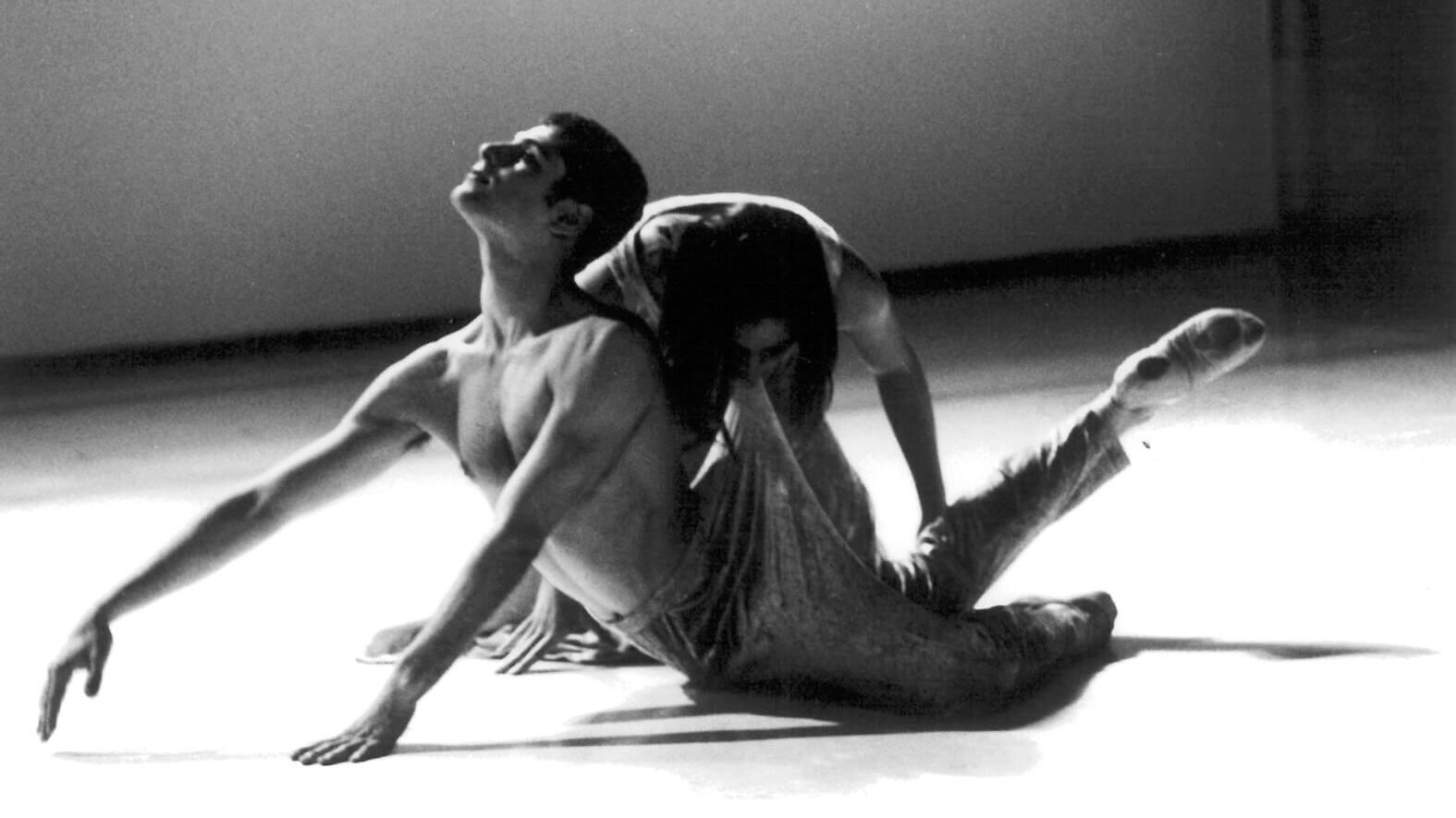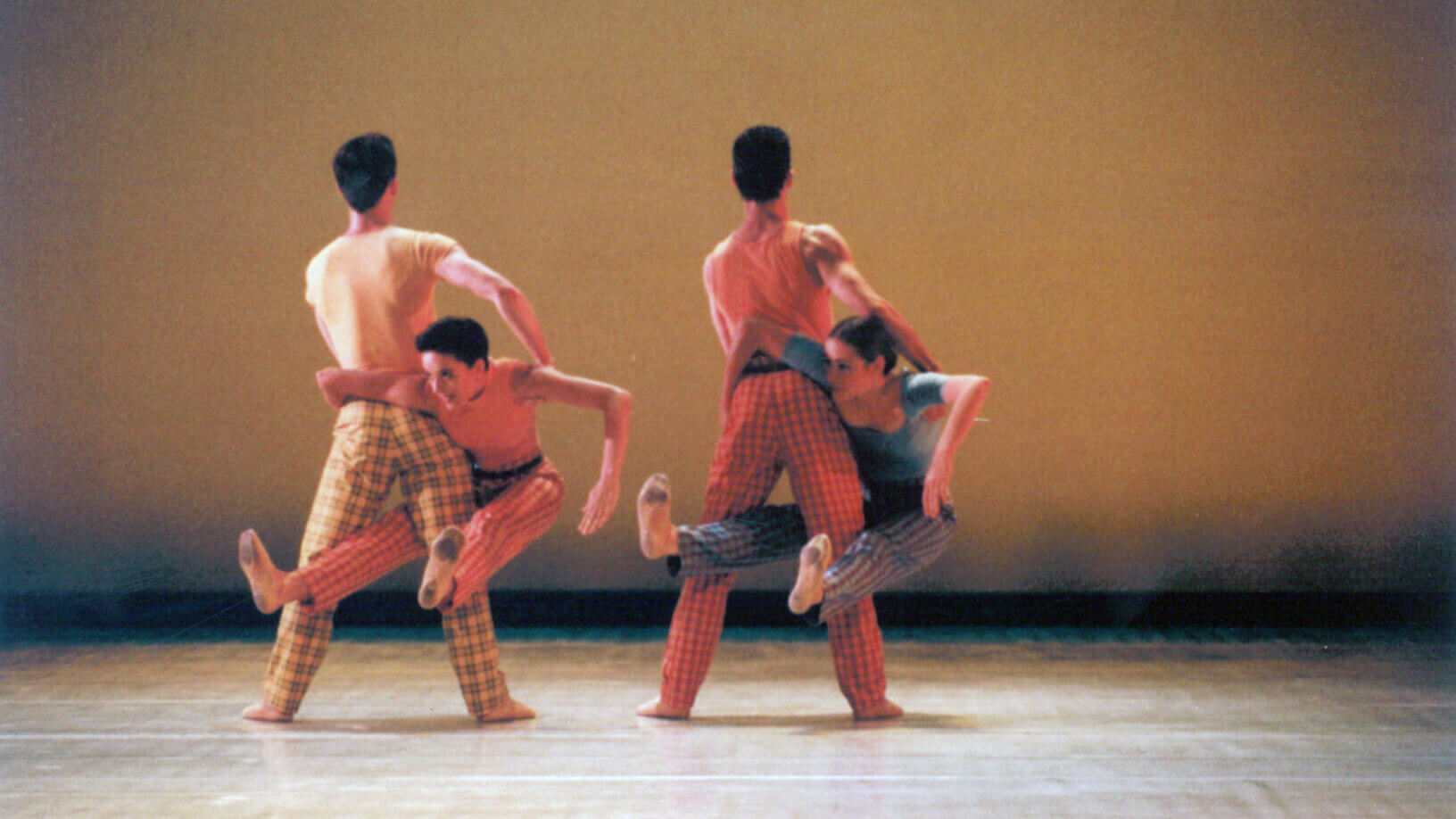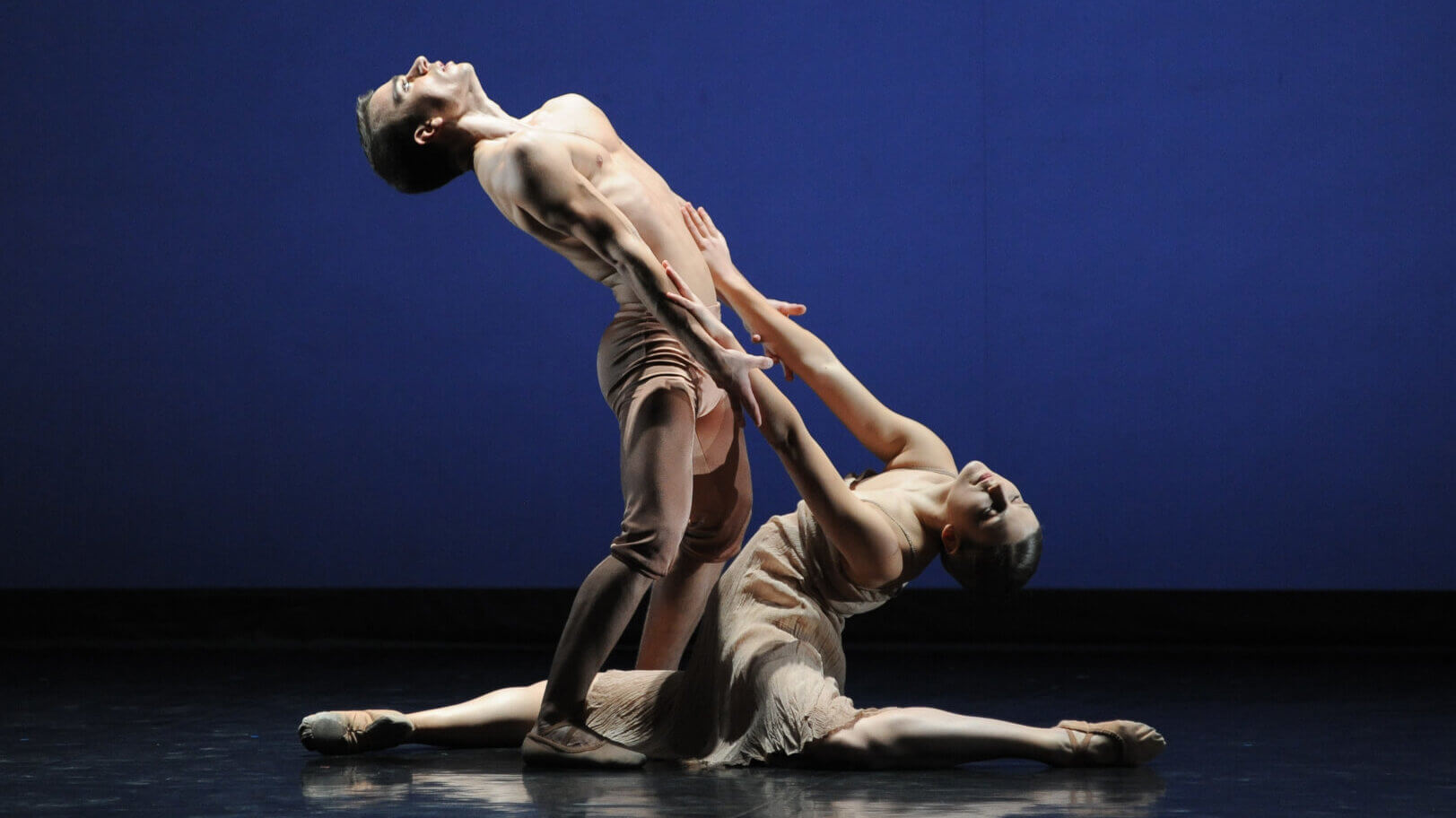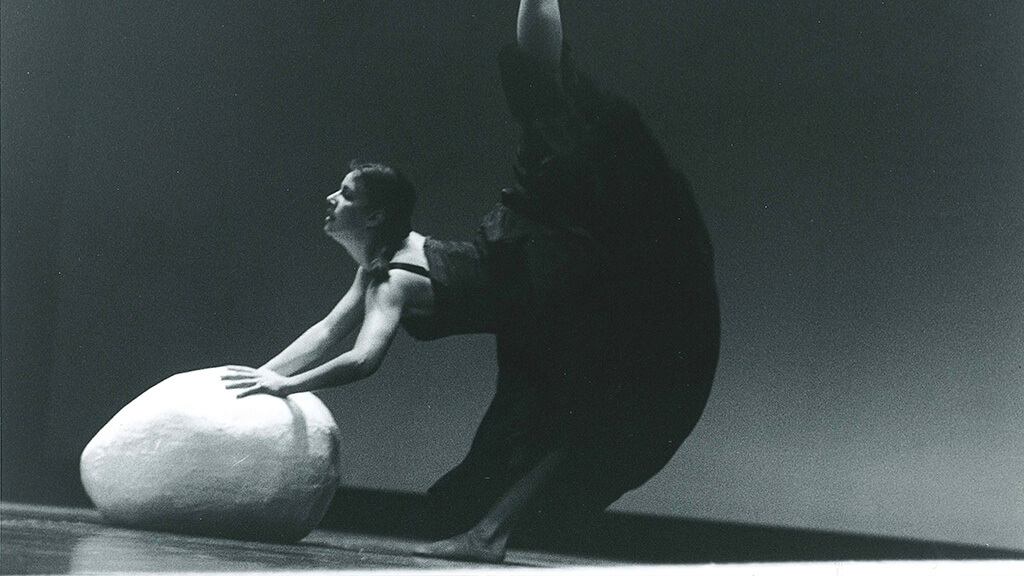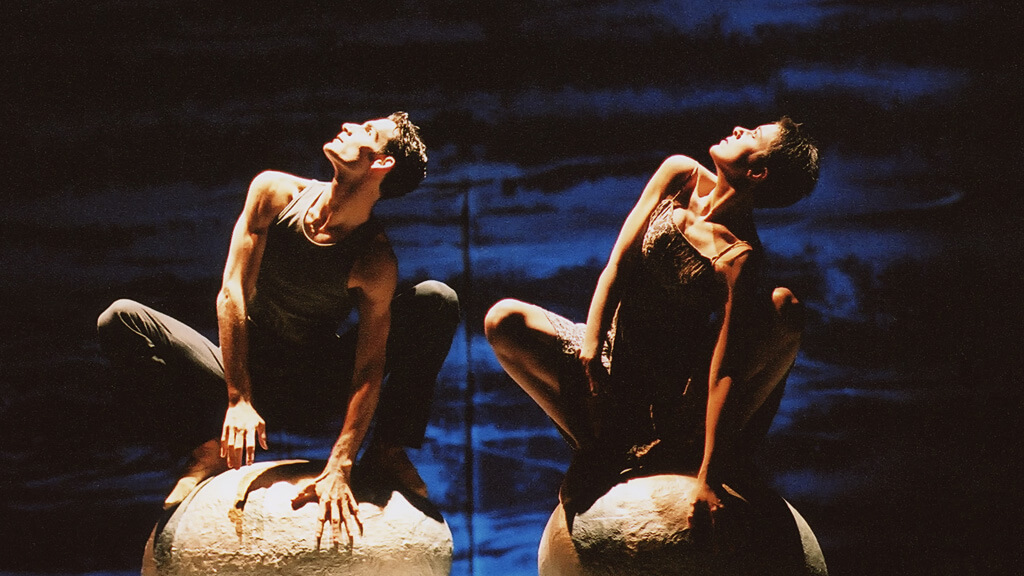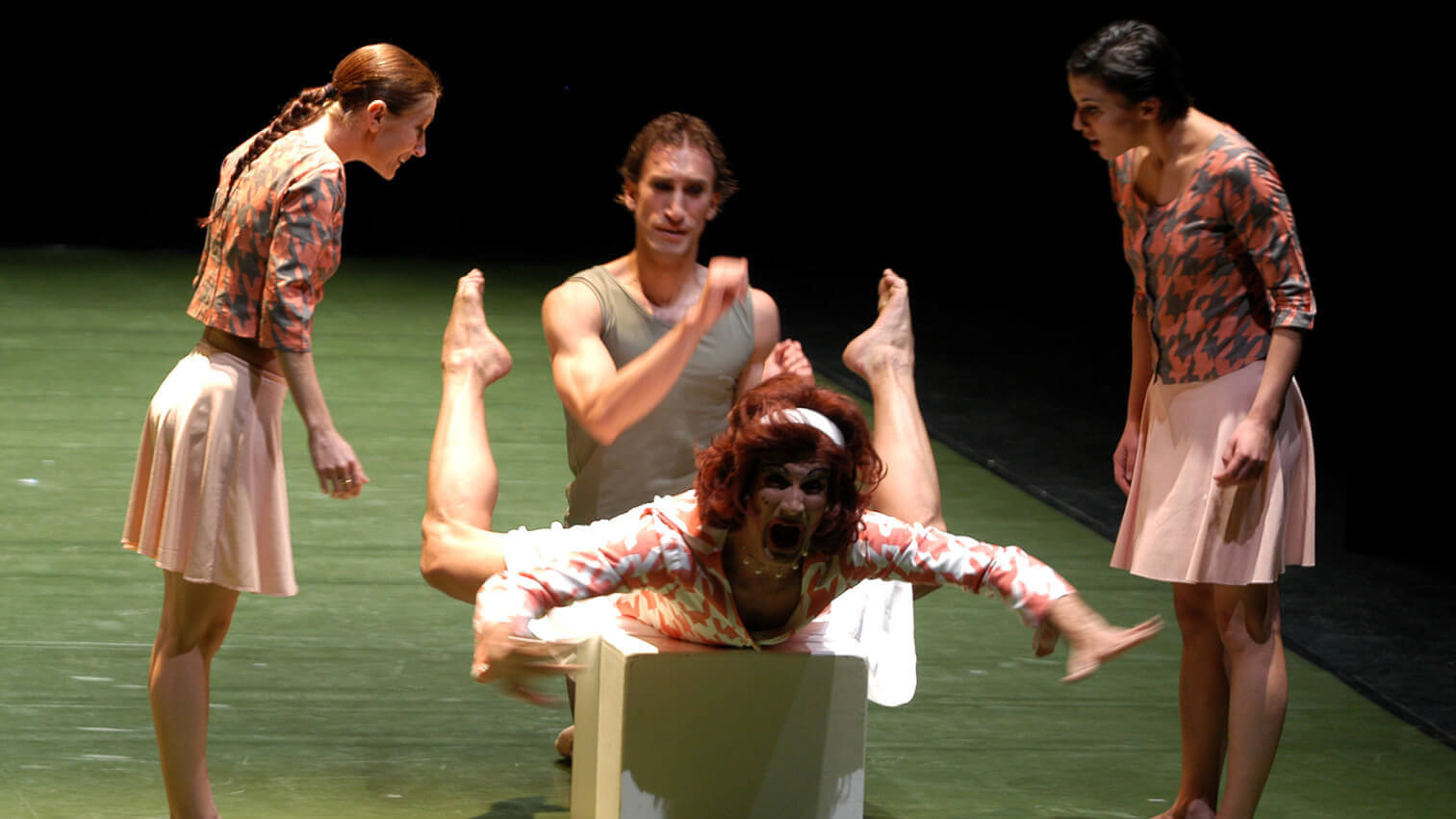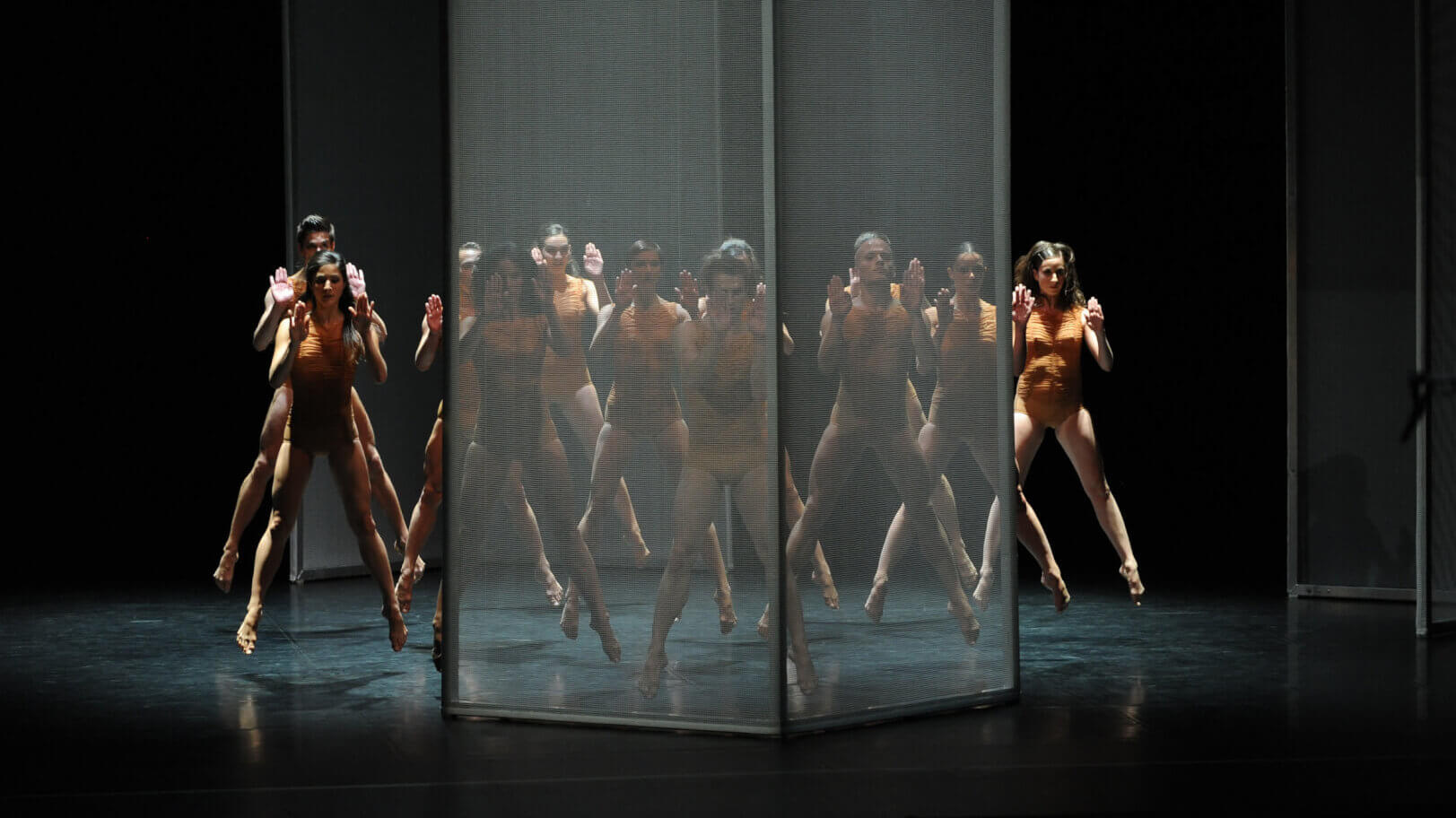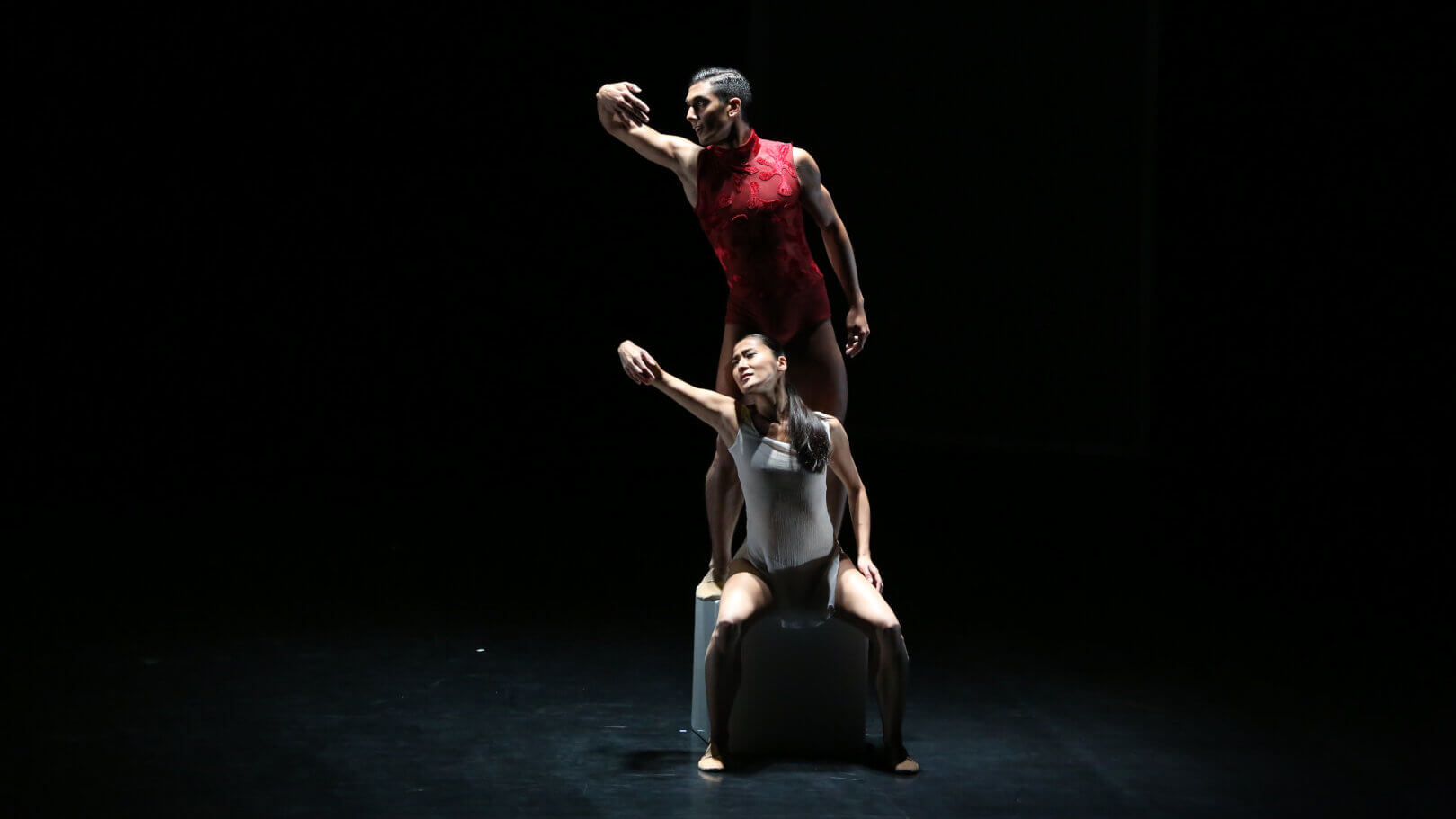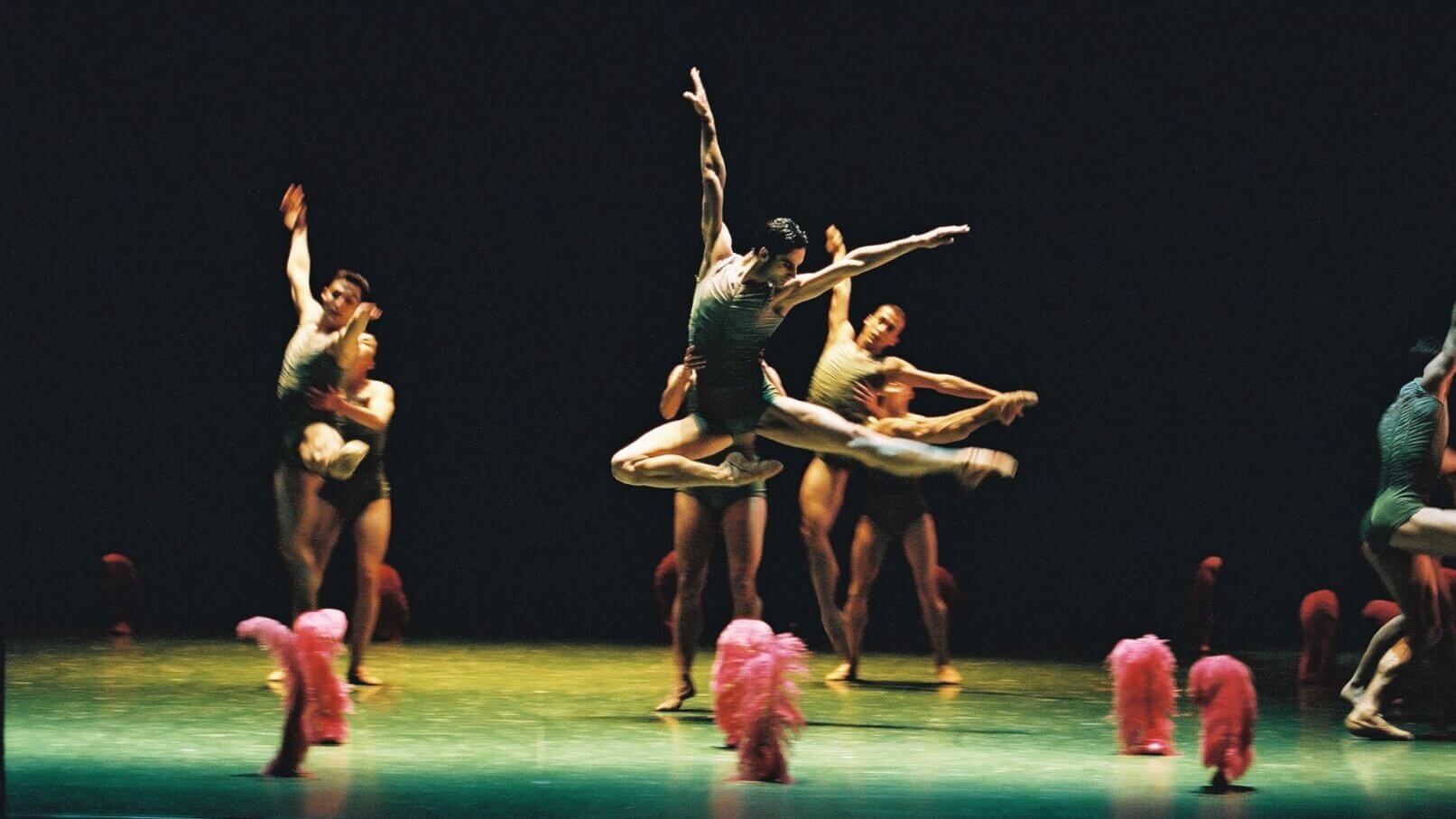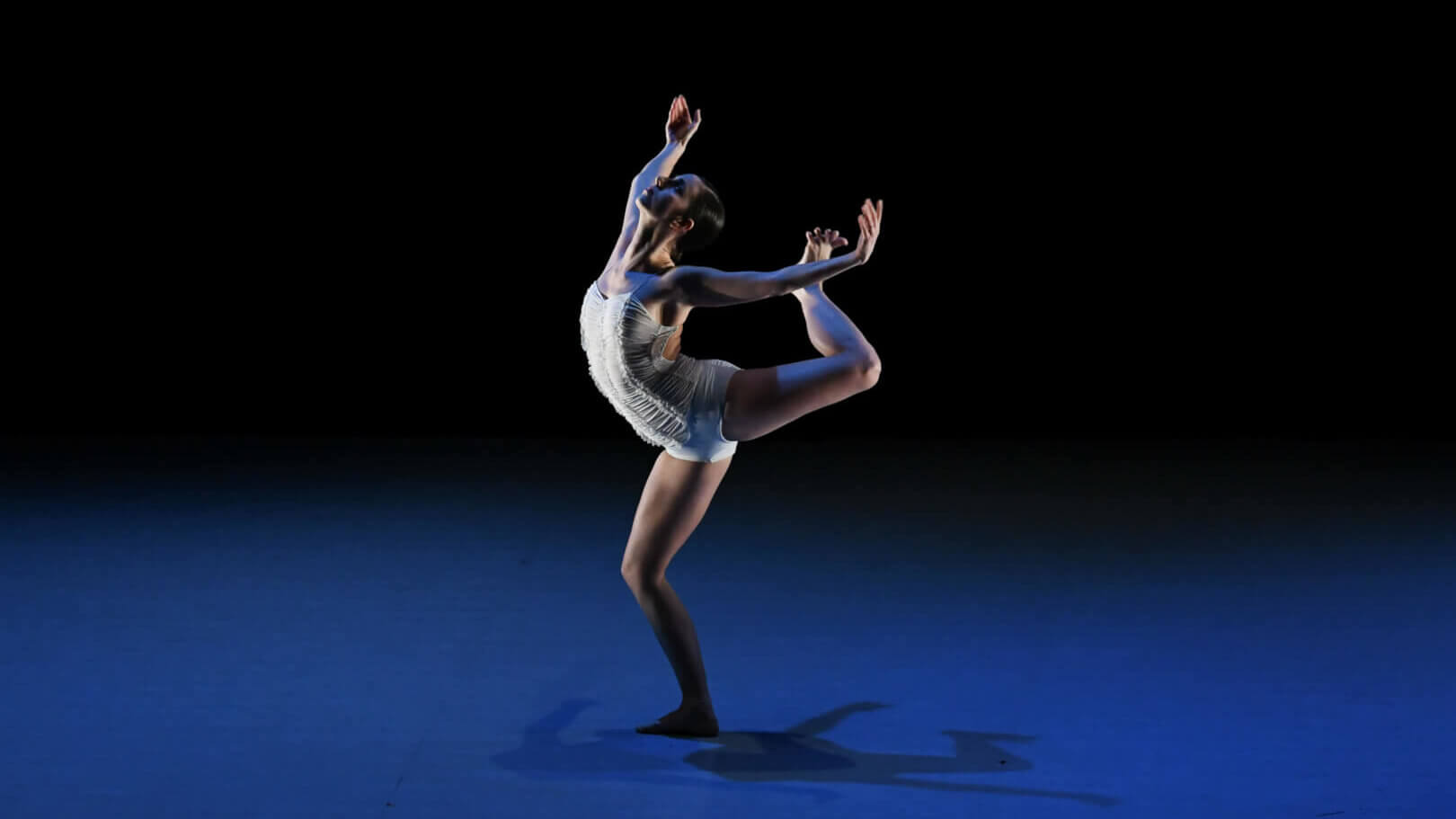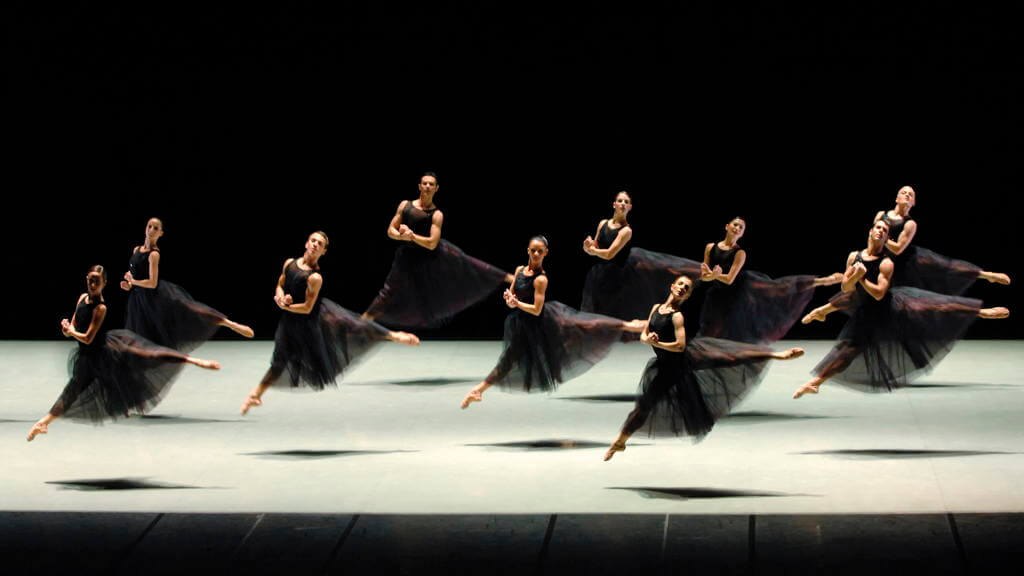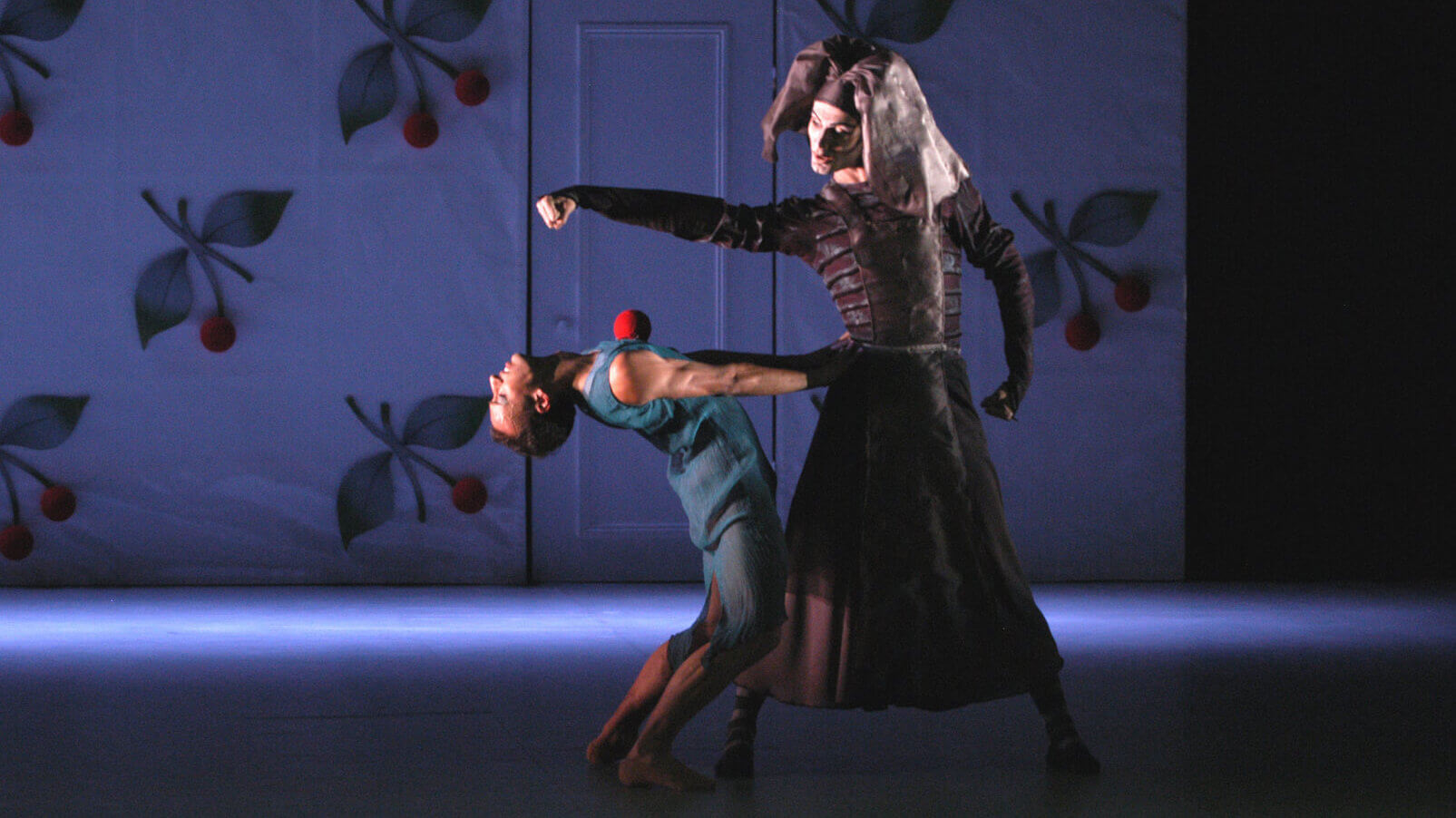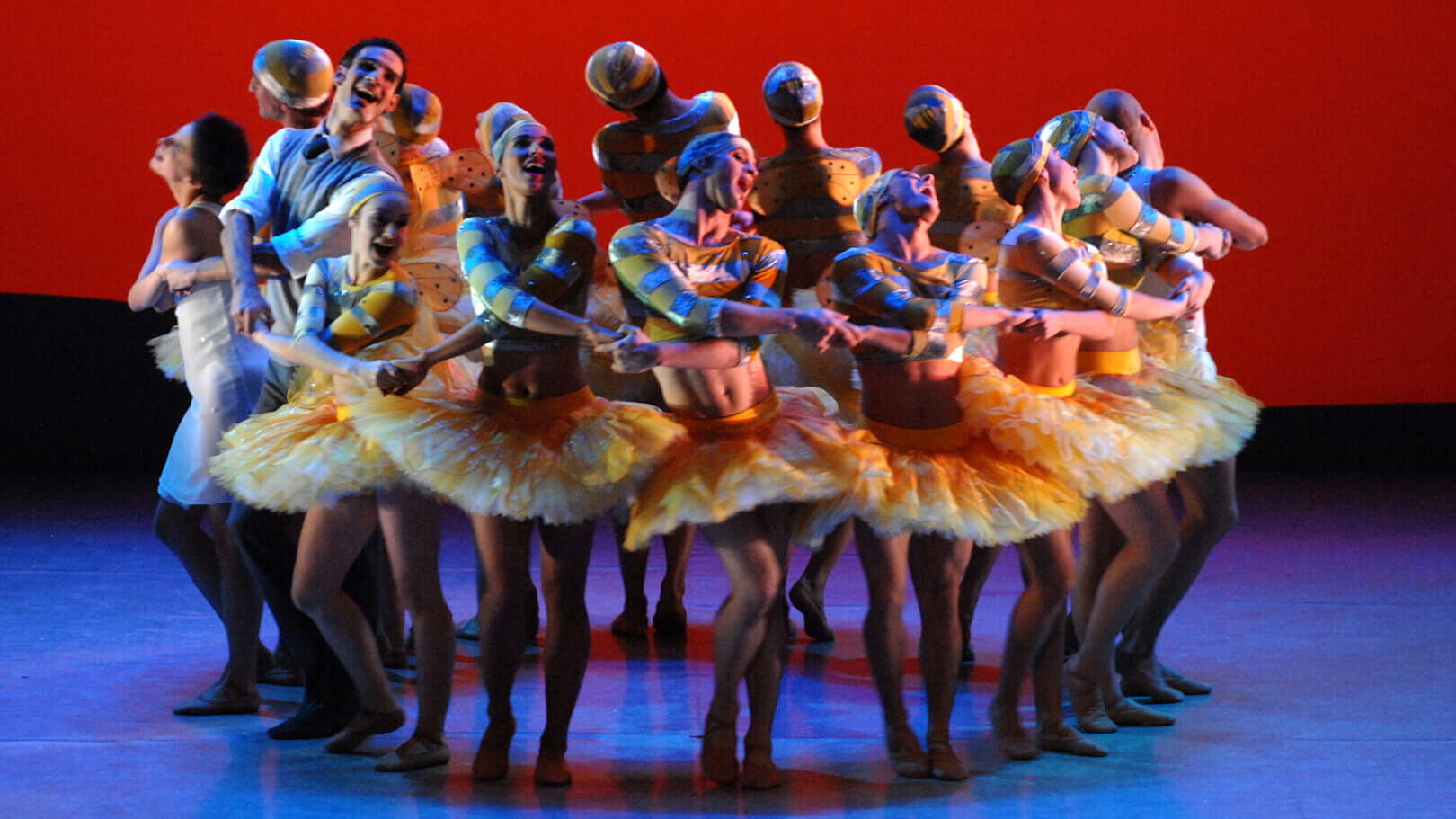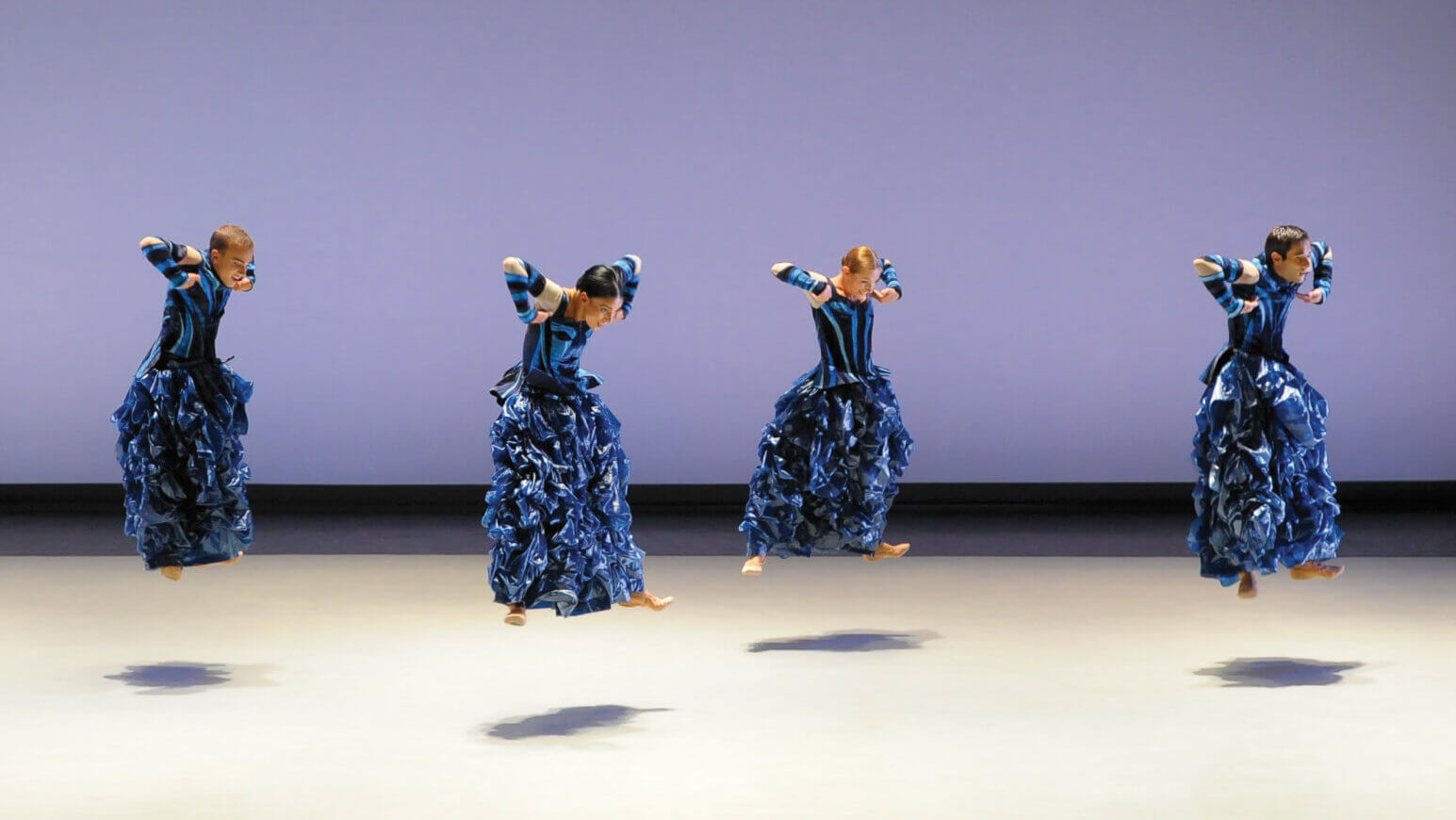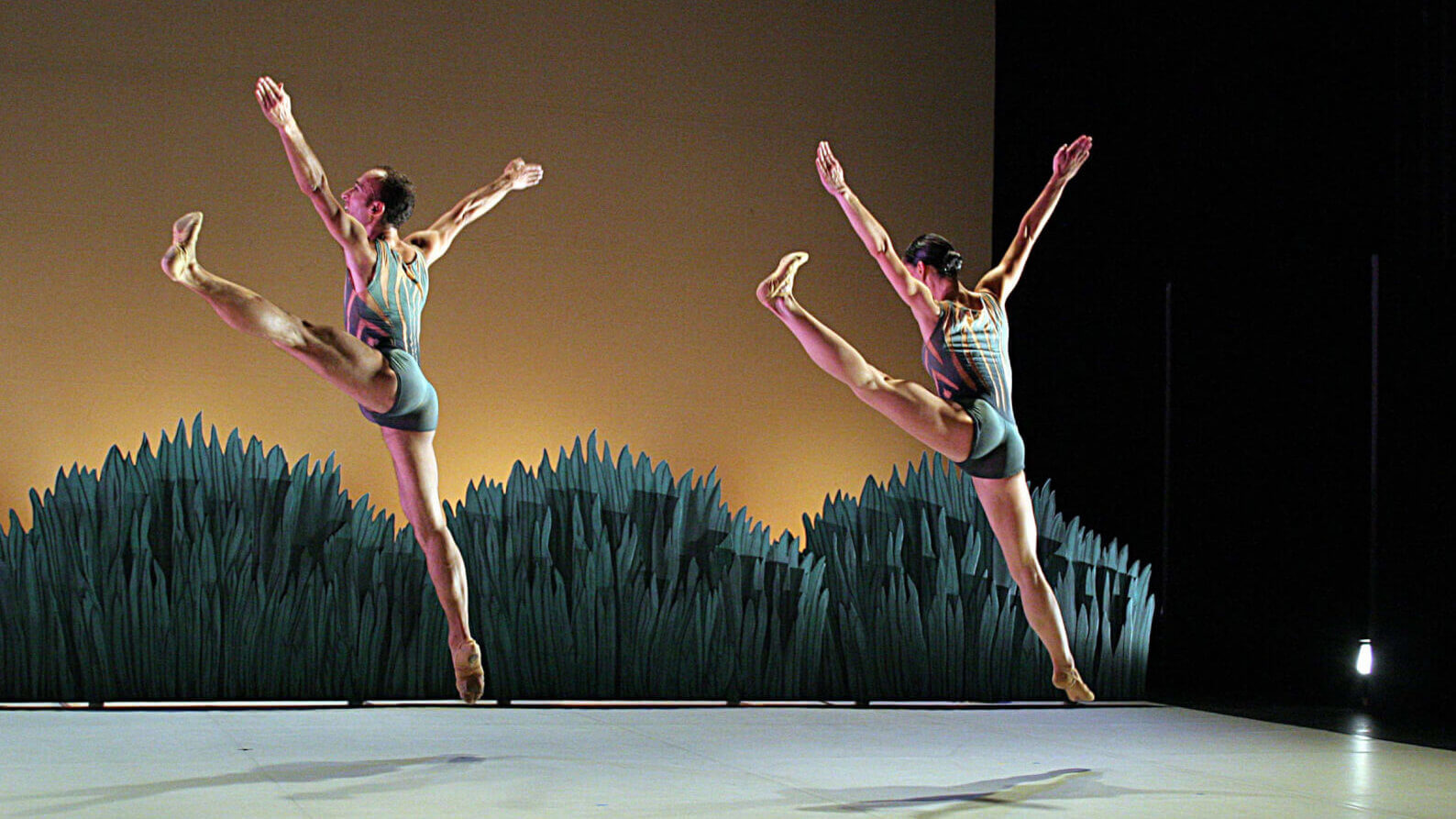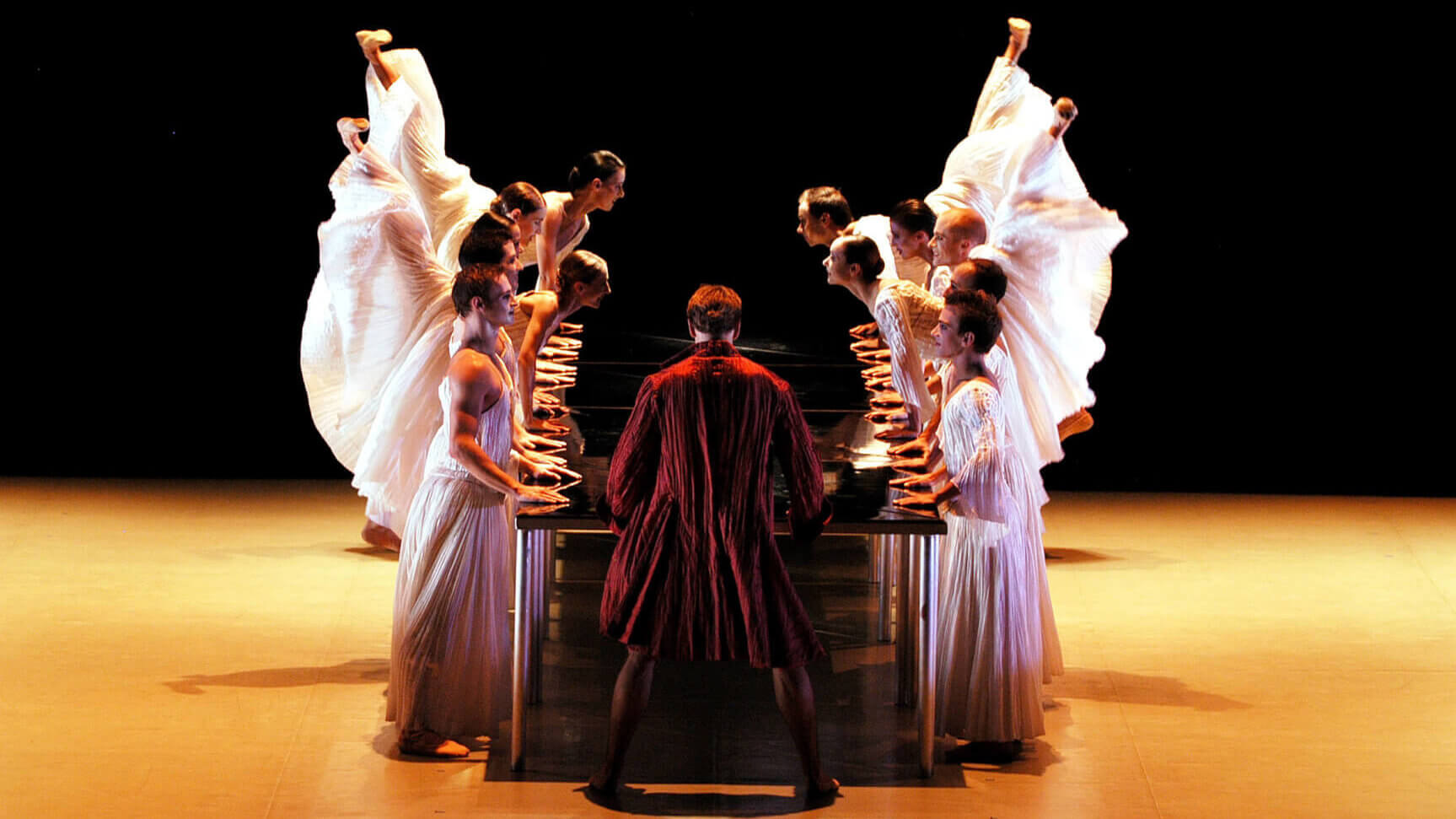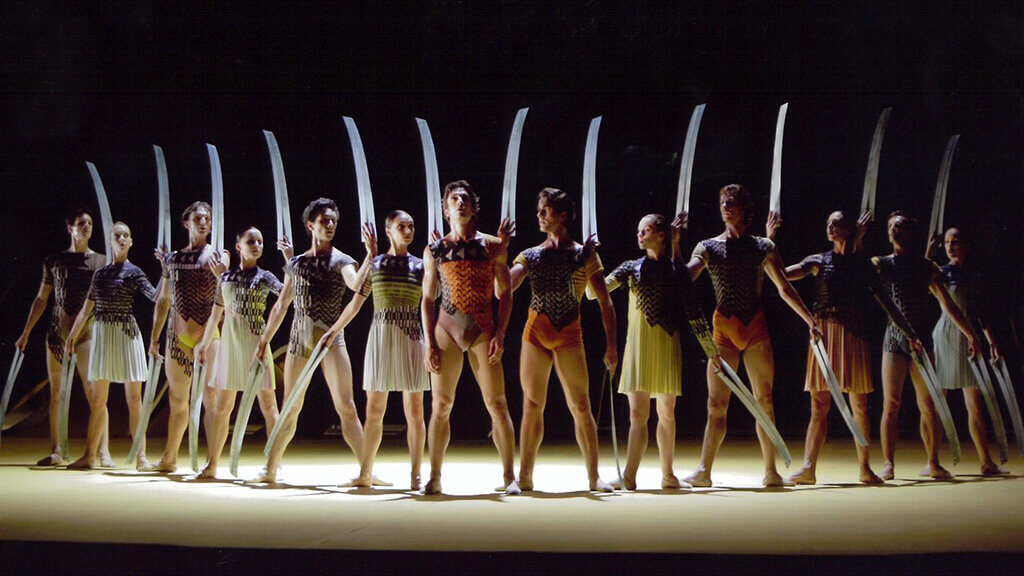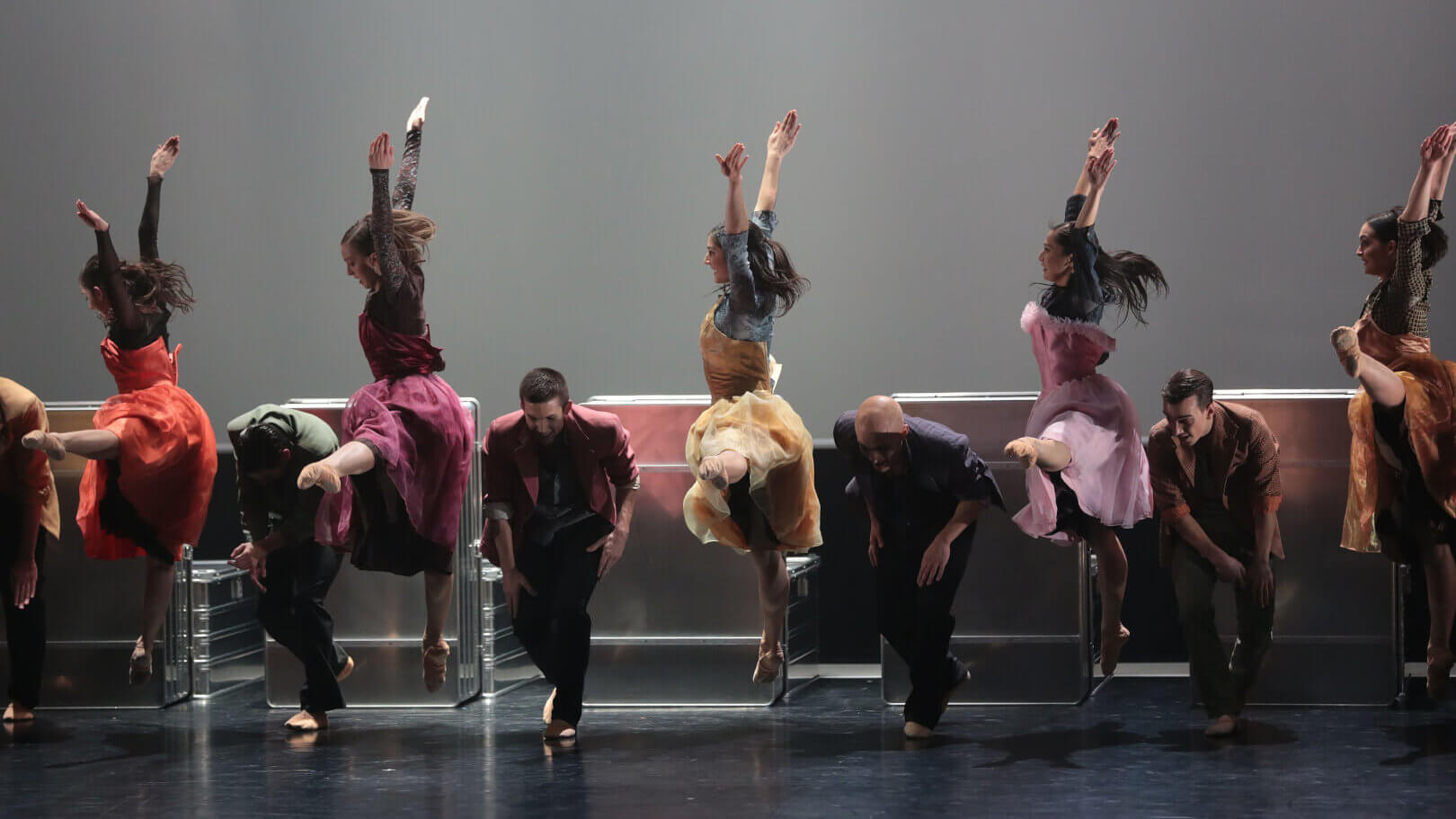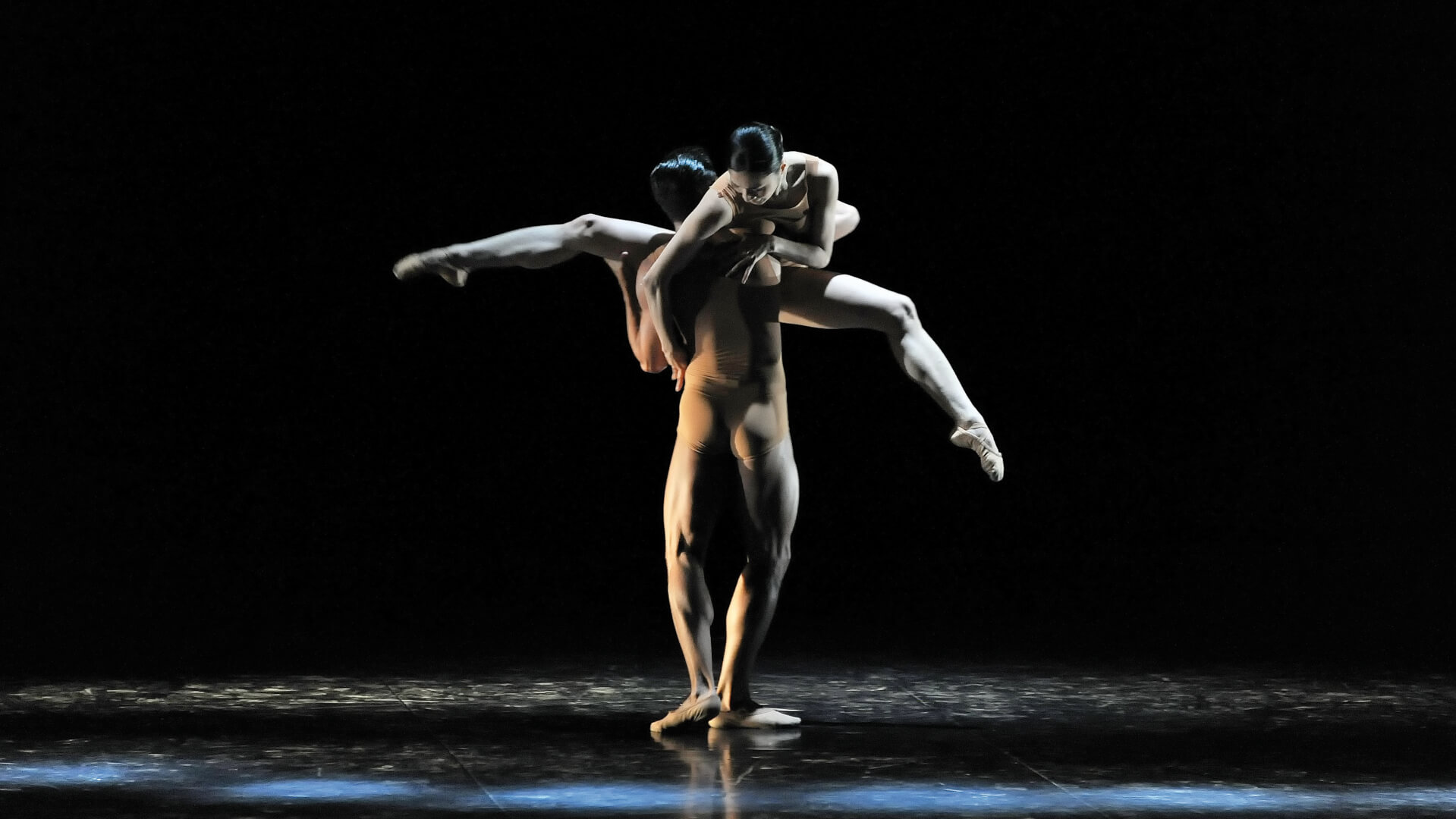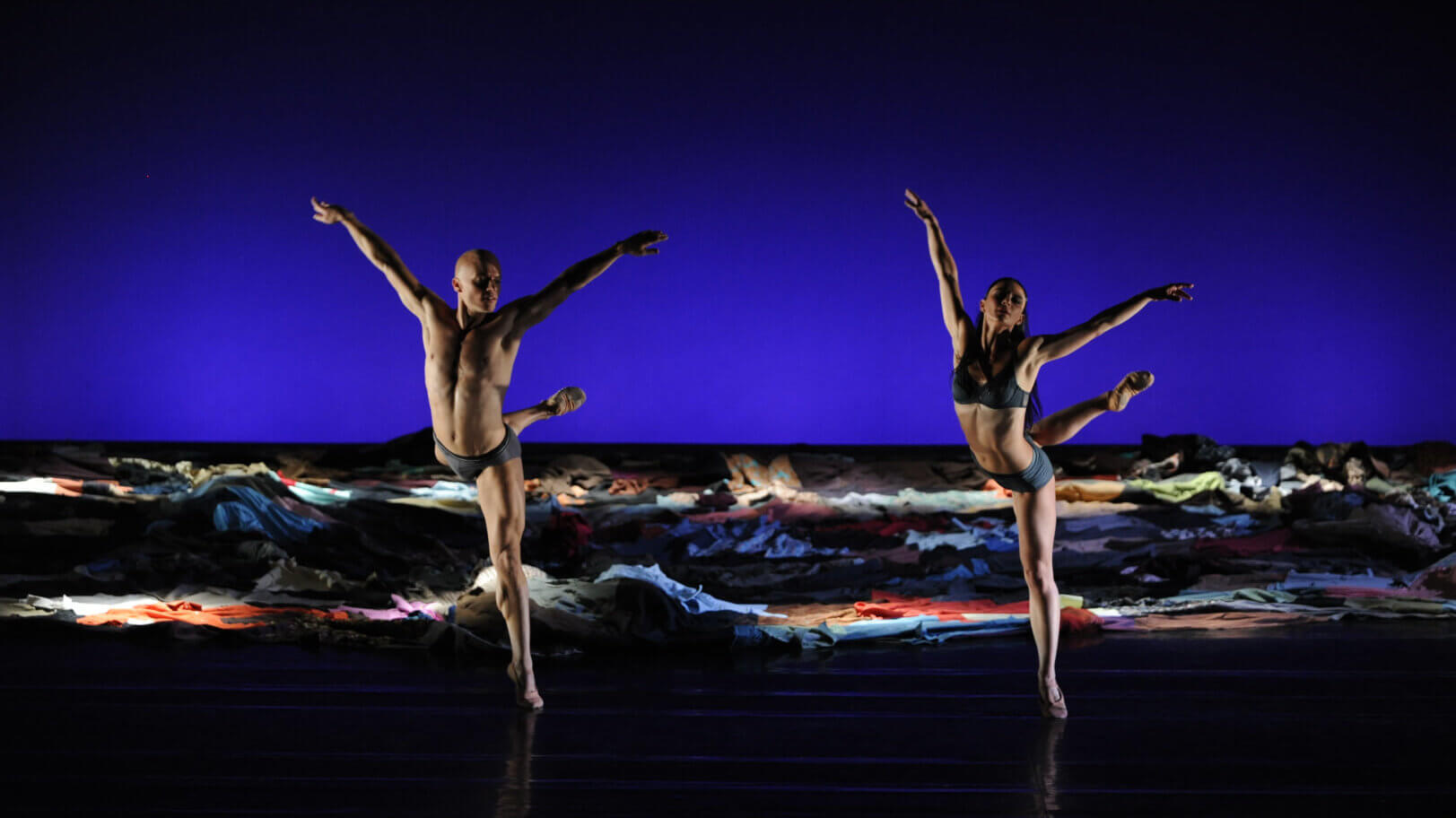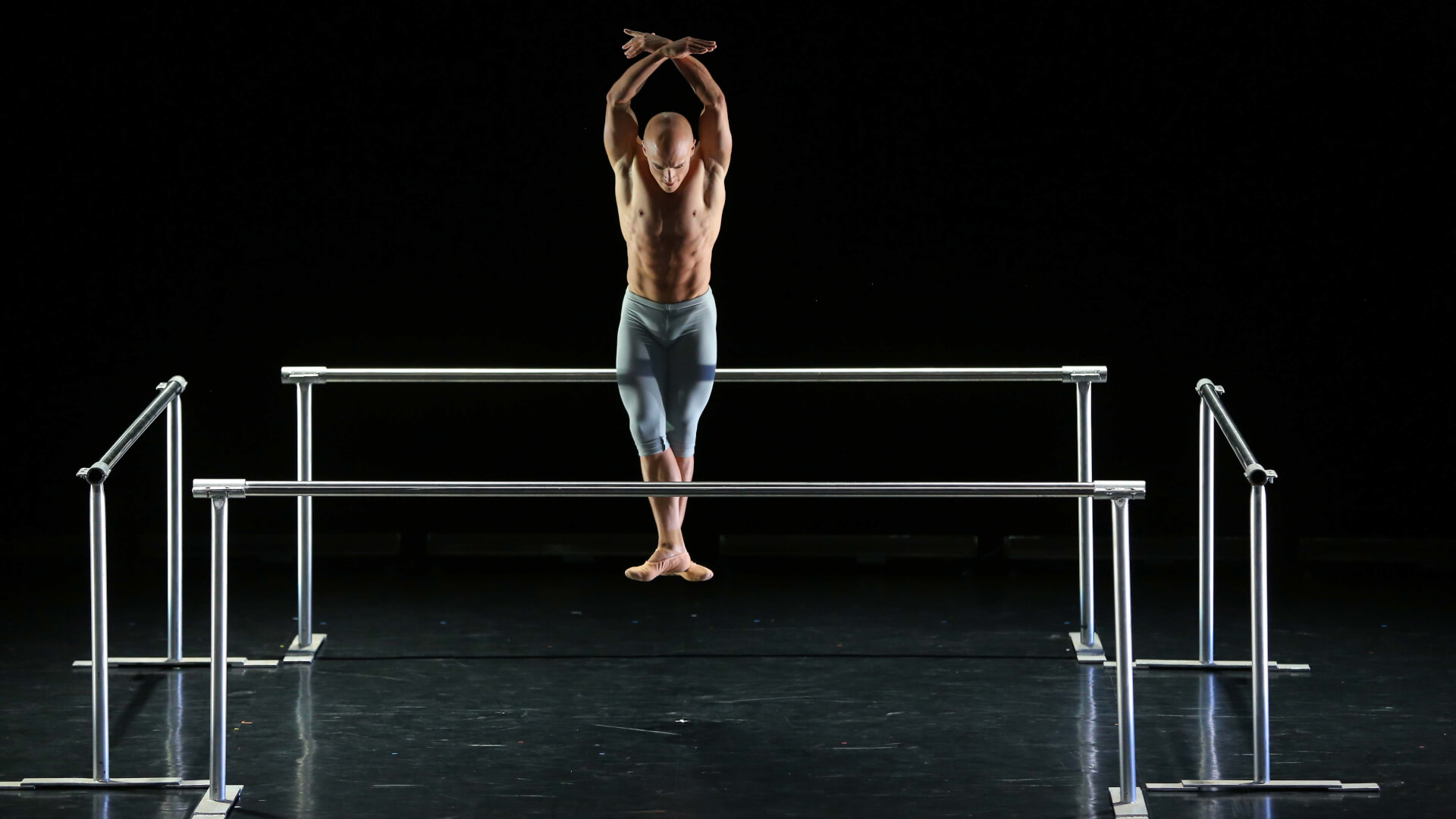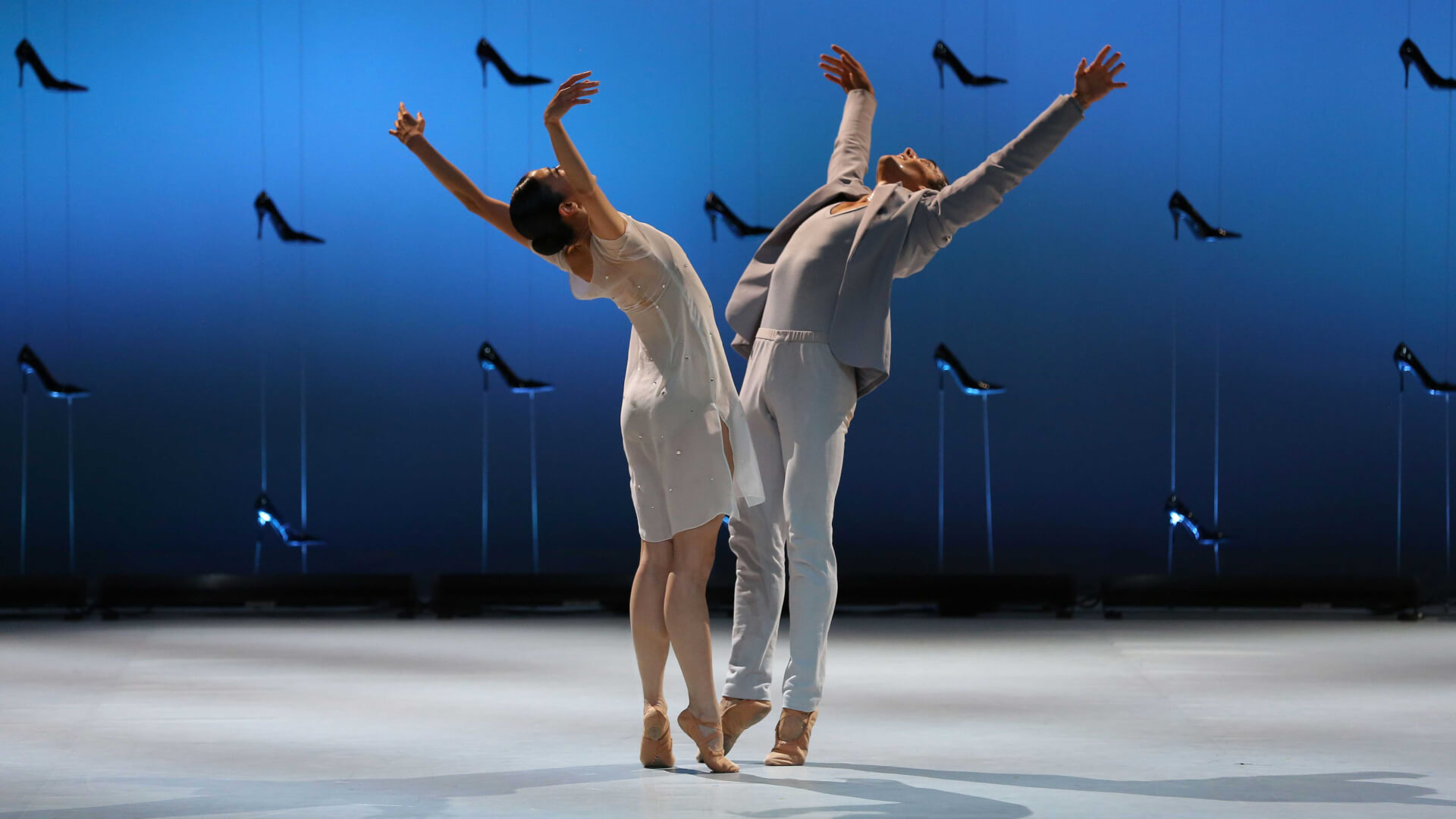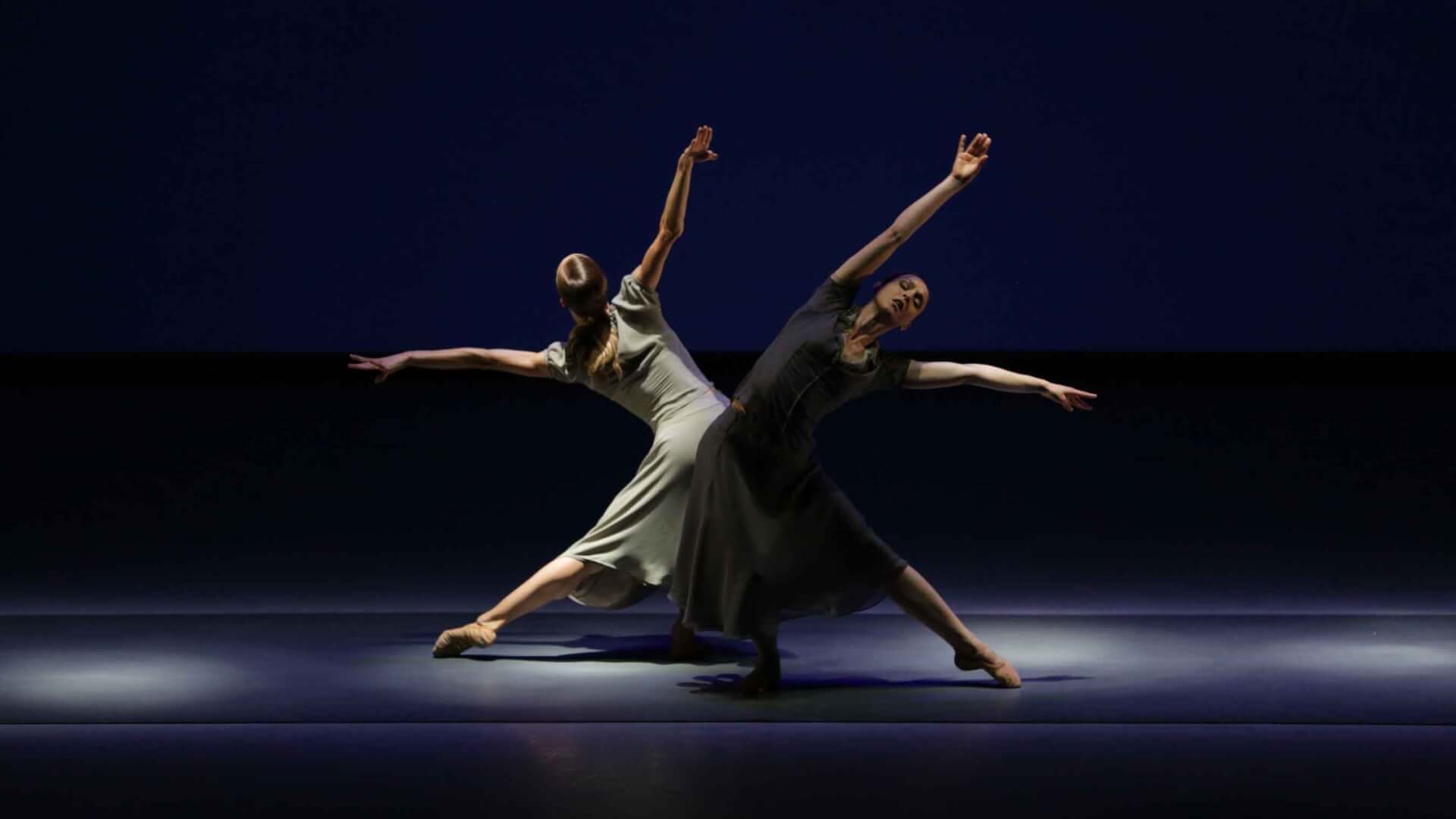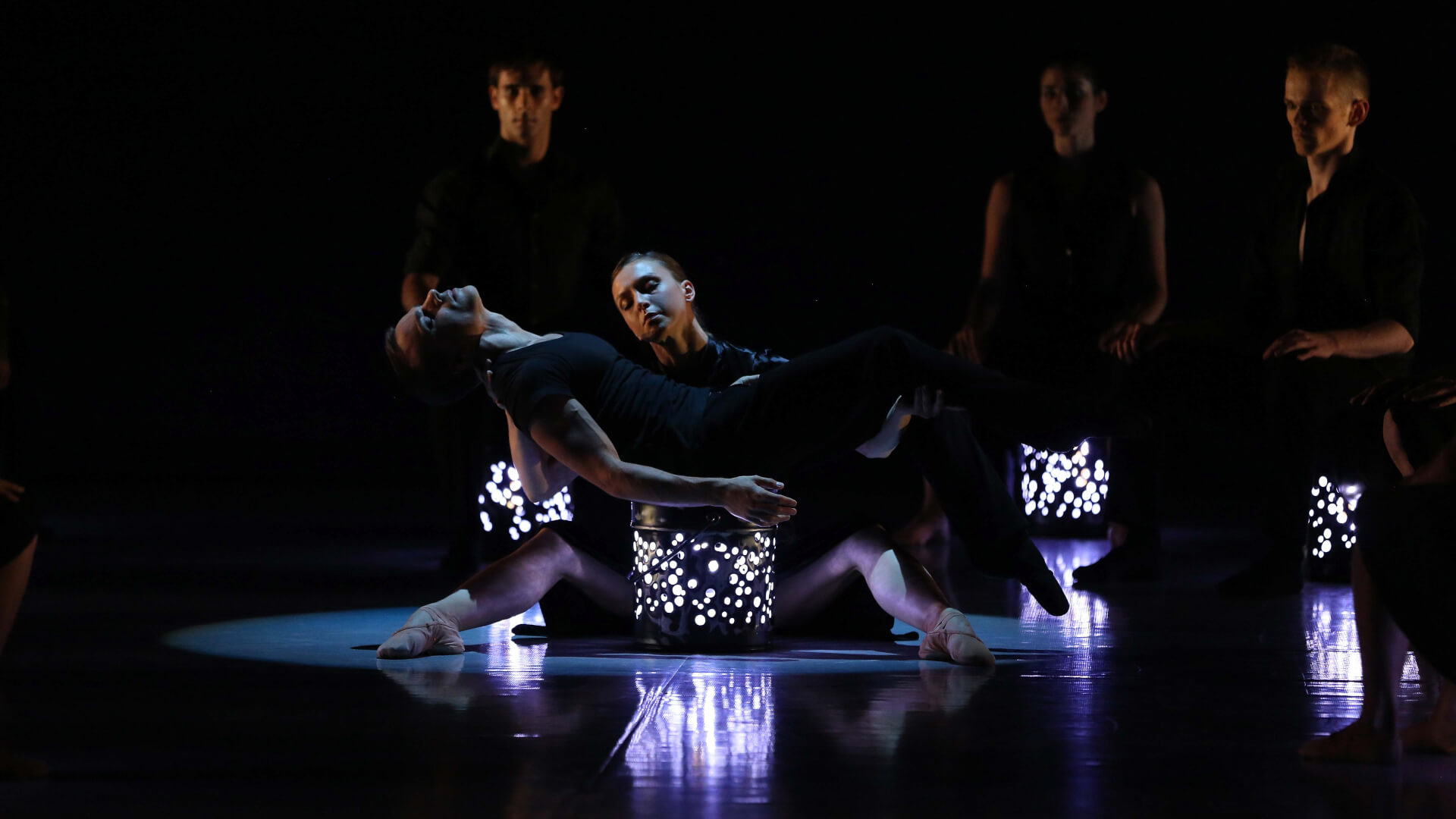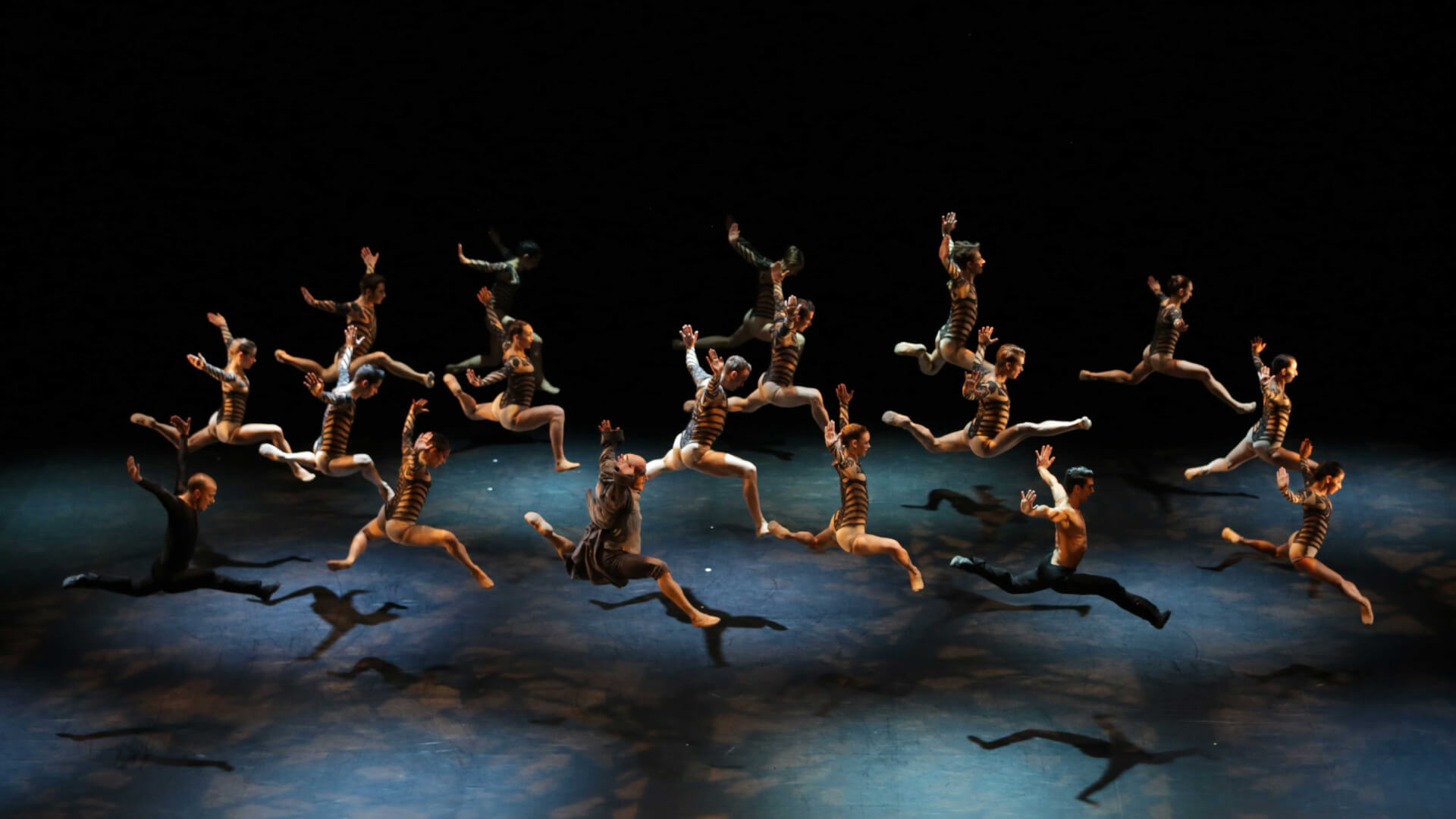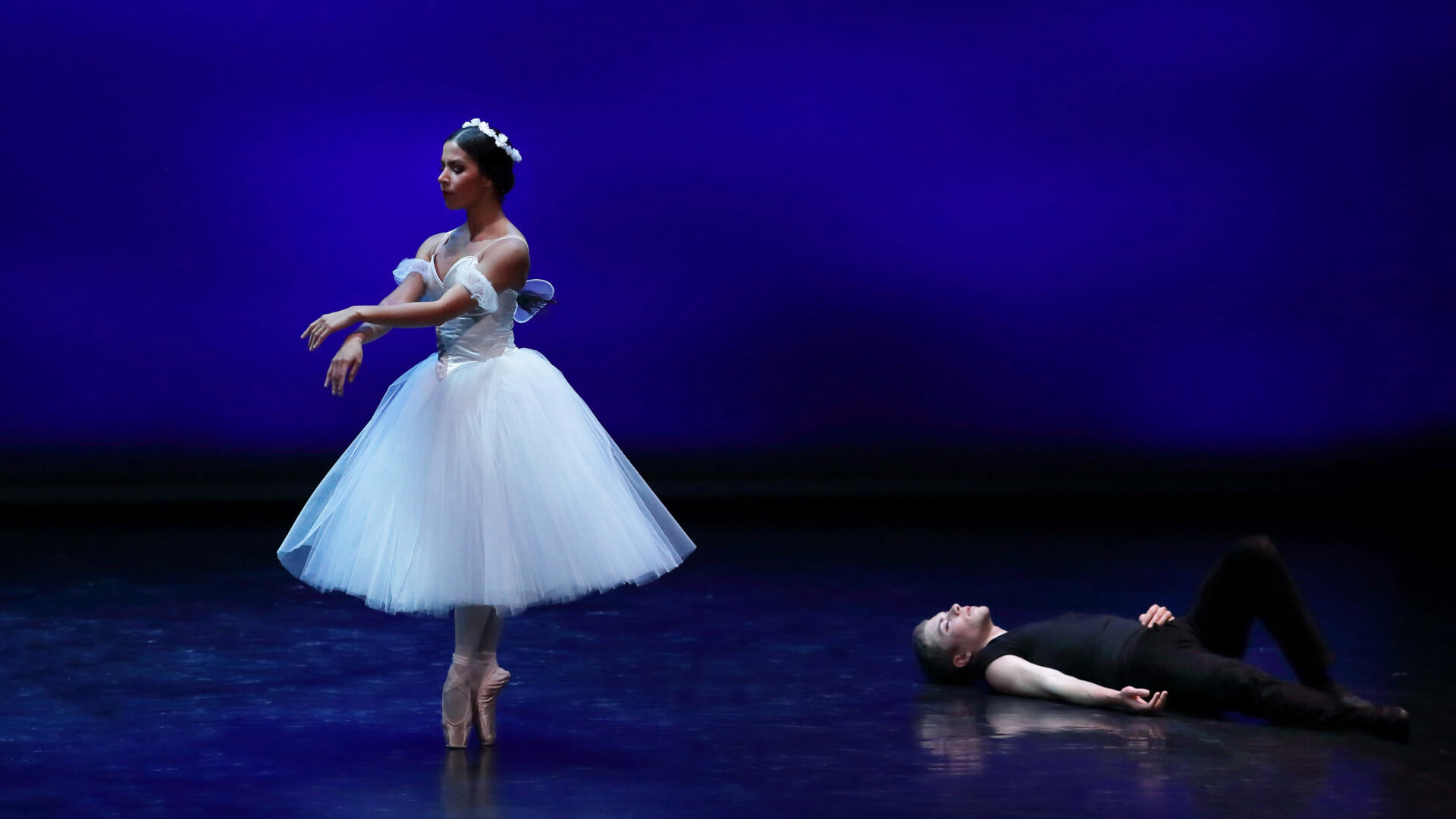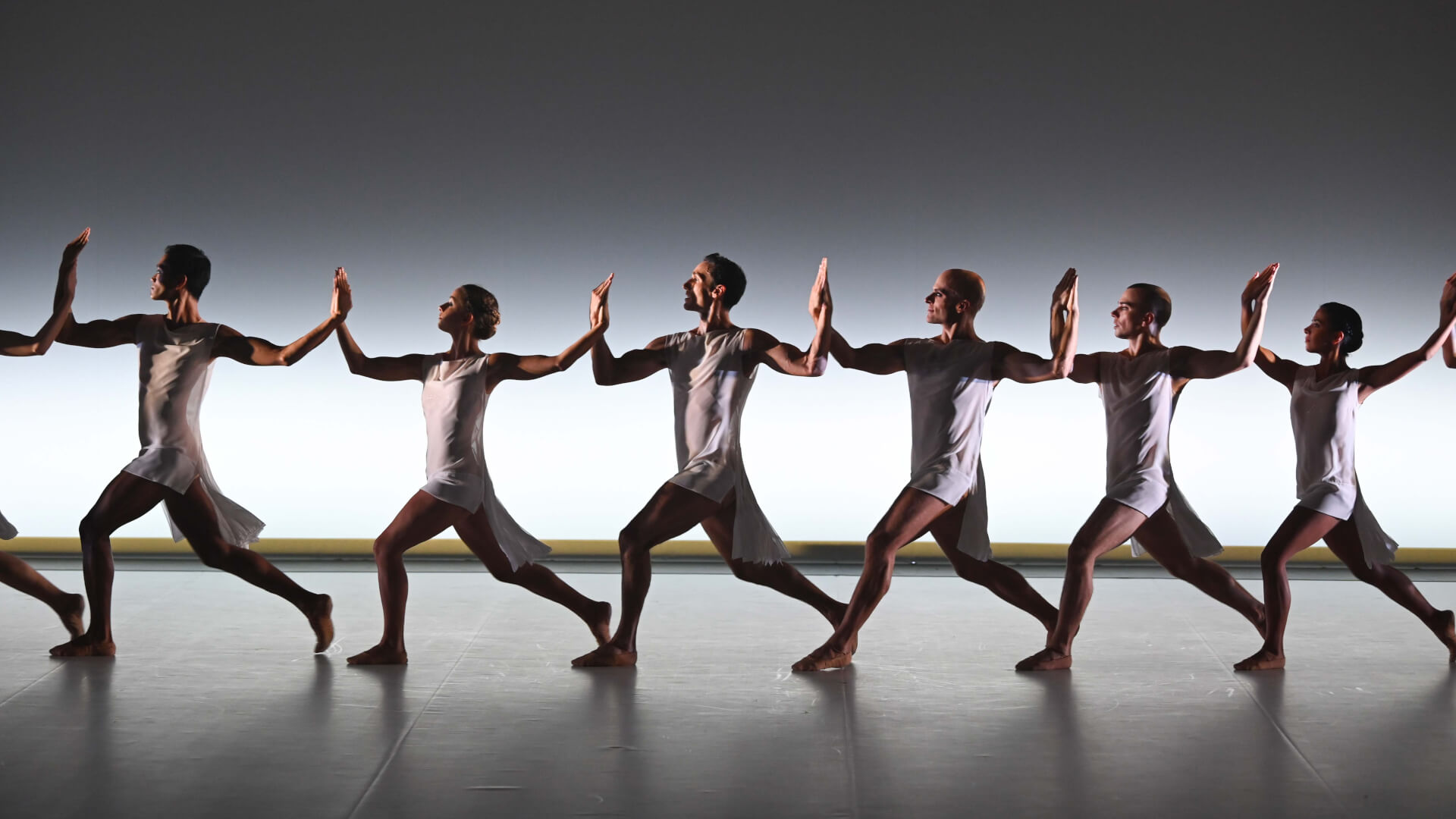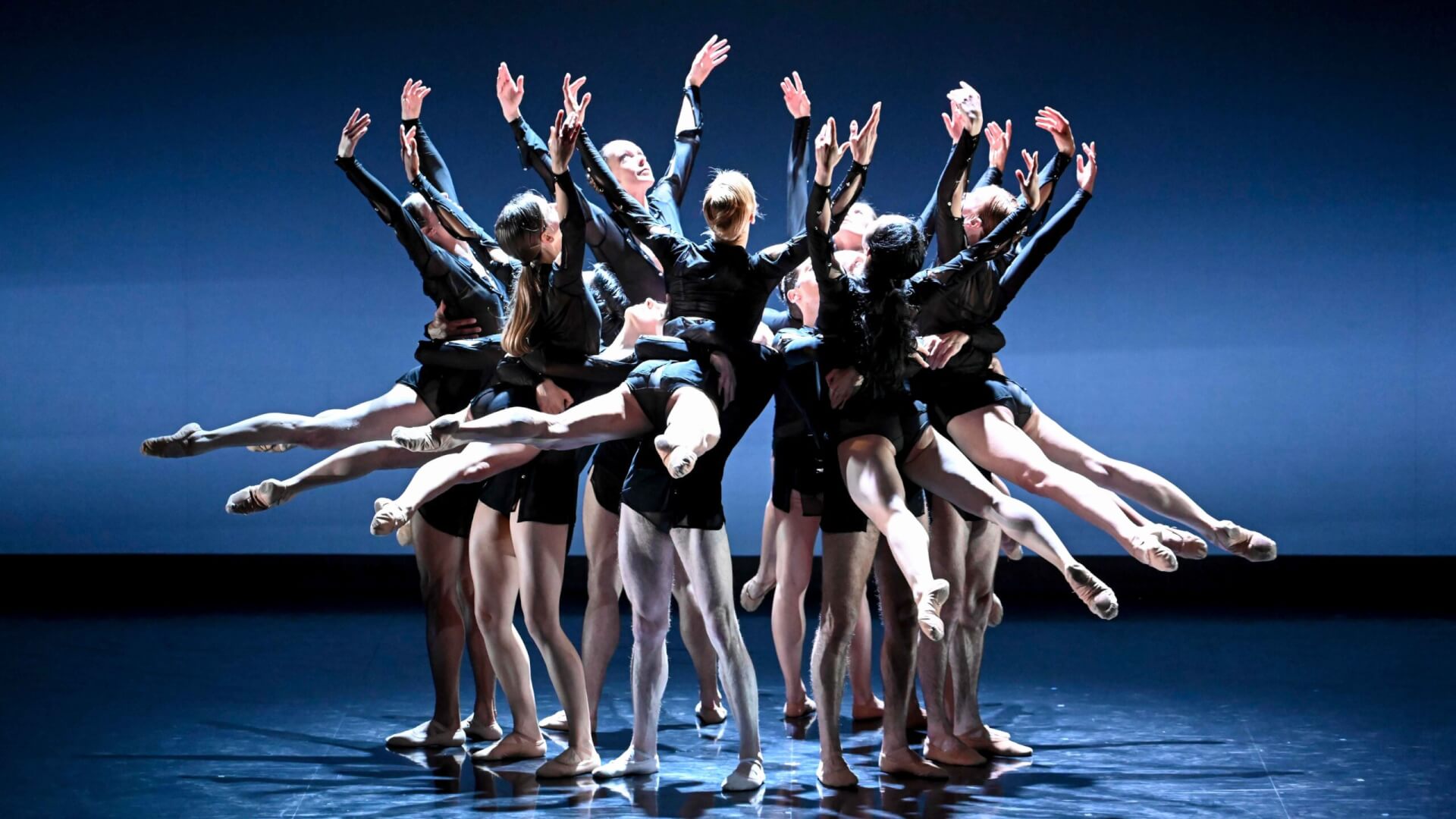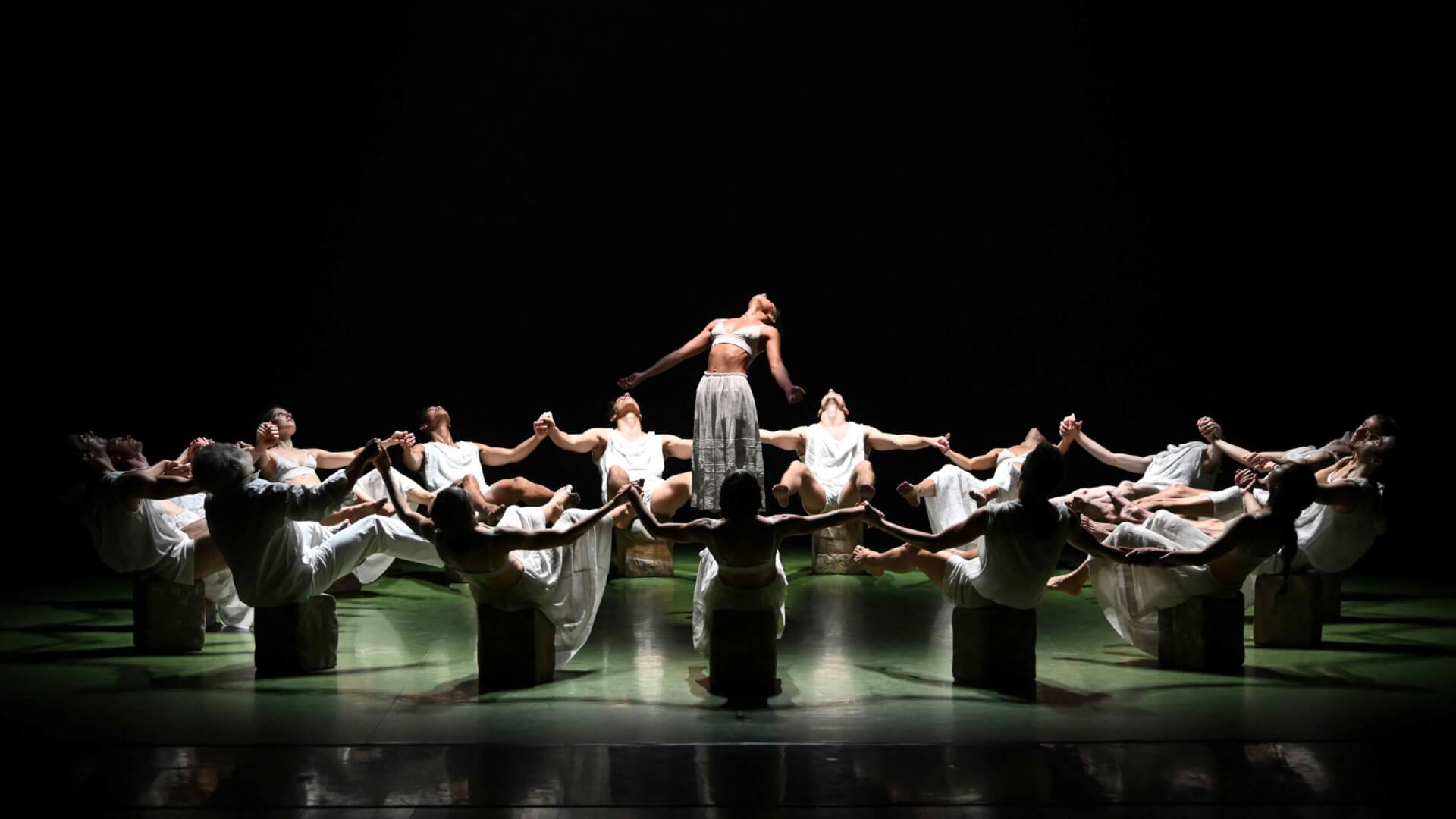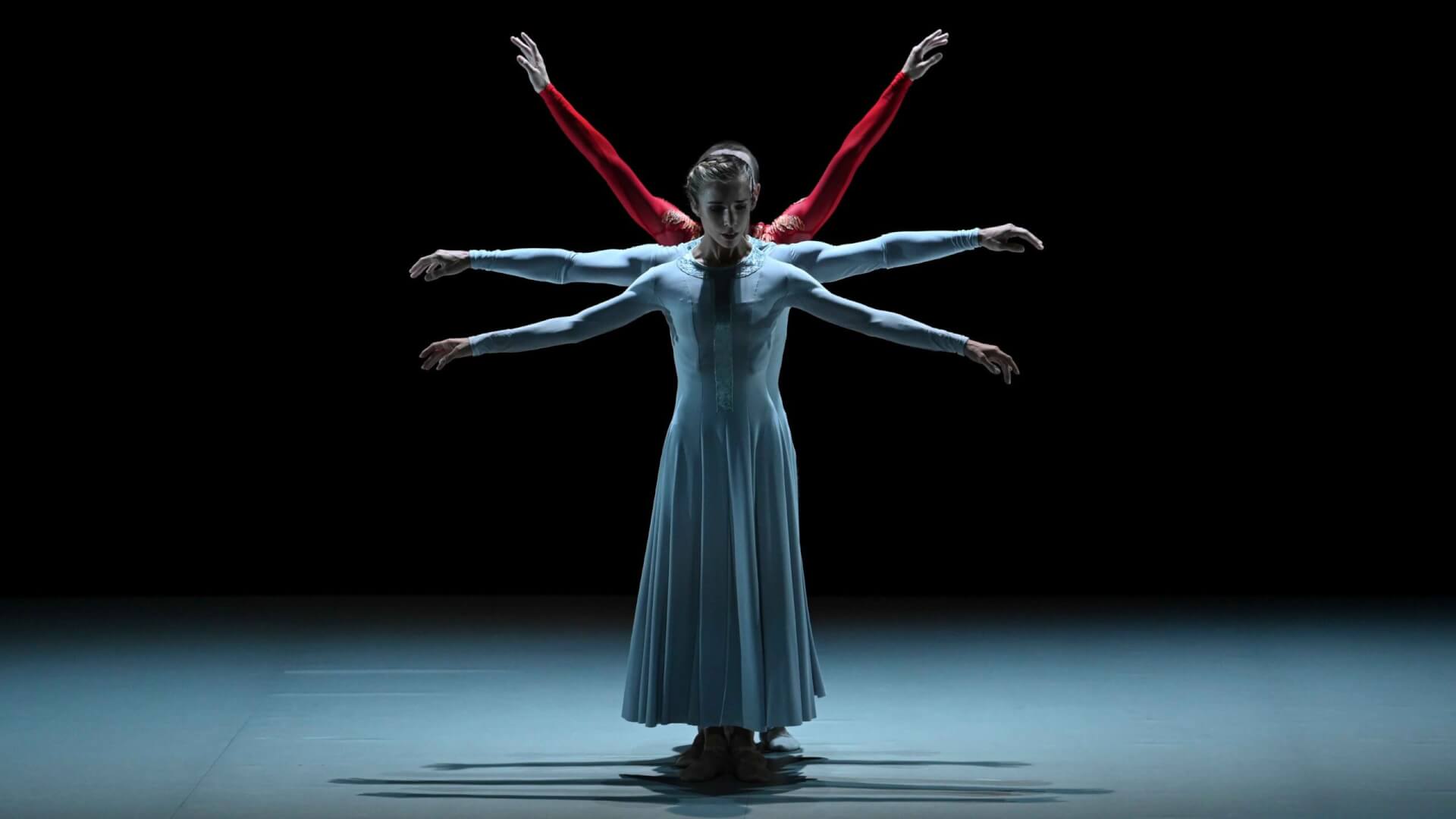Créé
-
on 2 January 1994 at the Maison de la Culture de Saint-Etienne by the Temps Présent Company
Nouvelle Production
-
by Ballet Florida on 7 September 2001 at the Gare du Midi in Biarritz
Musique
-
Serge Prokofiev
Chorégraphie
-
Thierry Malandain
Décor et costumes
-
Jorge Gallardo
Direction de la production, conception lumière
-
Jean-Claude Asquié
Coproducteurs
-
Ballet Florida • Malandain Ballet Biarritz
Ballet
-
for 18 dancers
Durée
-
75 minutes
note of intent
Danilo, a young craftsman, dreams of carving the most perfect and most natural objects out of malachite. Legend has it that the Queen of the Copper Mountain knows the secret of how to do it. Whoever meets her might learn how. Despite the possibility of his engagement with Katerina, Danilo is unable to forget his quest. Ever changing due to never being satisfied, a human being is always searching for new images of himself and expresses it via desire to be different or elsewhere. Through Danilo’s quest, the Tale of the Stone Flower illustrates this trend and underlies that art also requires sacrifices. We know with regard to various literature that tales have a multitude of different interpretations which can be psychoanalytical, symbolic, poetic, and even historic. With La Fleur de pierre (The Stone Flower), it is possible to detect Prokofiev’s face in Danilo’s traits, fighting against an oppressive dictatorship for the love of his music. The Queen of the Mountain would then be the Fairy that the author was dreaming about under Stalin’s rule. The Fairy or magical woman is the personification of the female component, and the male psyche which Jung called Anima. Seen from this perspective, Danilo’s quest also becomes part of the search to perfect oneself. The Stone becomes the most intimate person that each of us must carve out, then polish in order to flourish. Leaving the earth’s surface for the realm of the Queen of the Mountain means diving into the subconscious to be reborn. We find this notion again of descending into the earth’s depths in the story of Orpheus, but also in an archaic rite of passage ritual which required a teenager to spend a night inside a cave in order to be reborn as an adult at dawn. Clearly, this tale, like so many others, contains a treasure trove of interpretations. For want of being exclusive, I was inspired by various sources, all while maintaining the tone of the musical score.
Thierry Malandain


